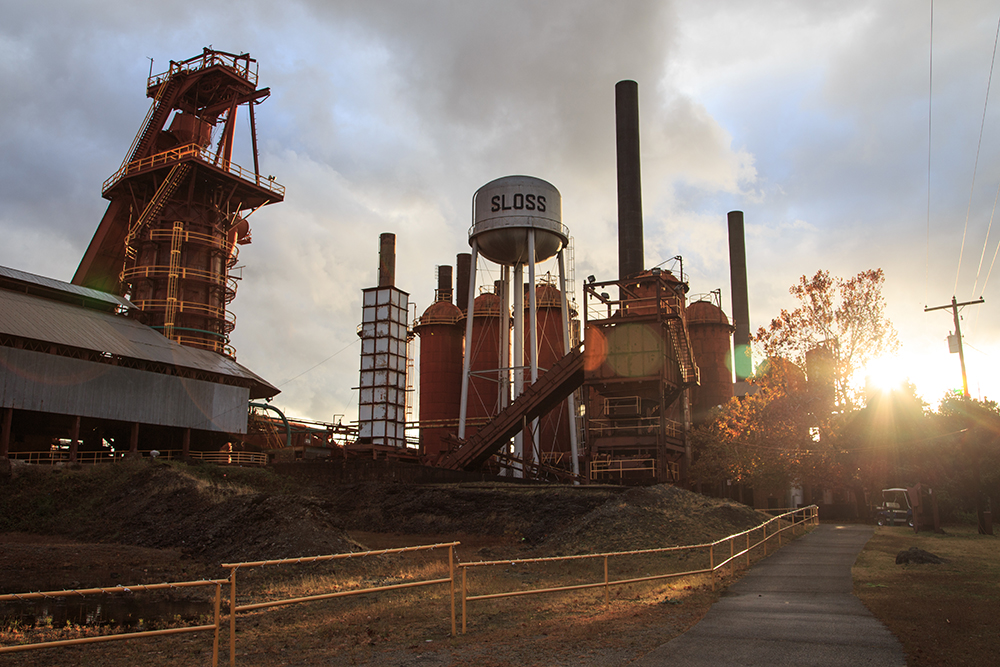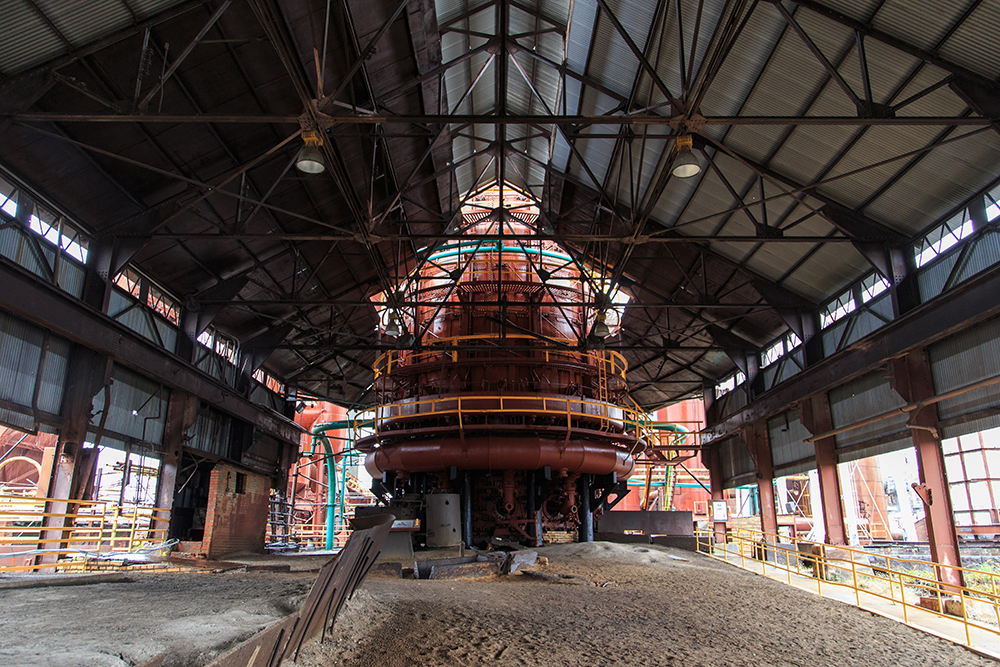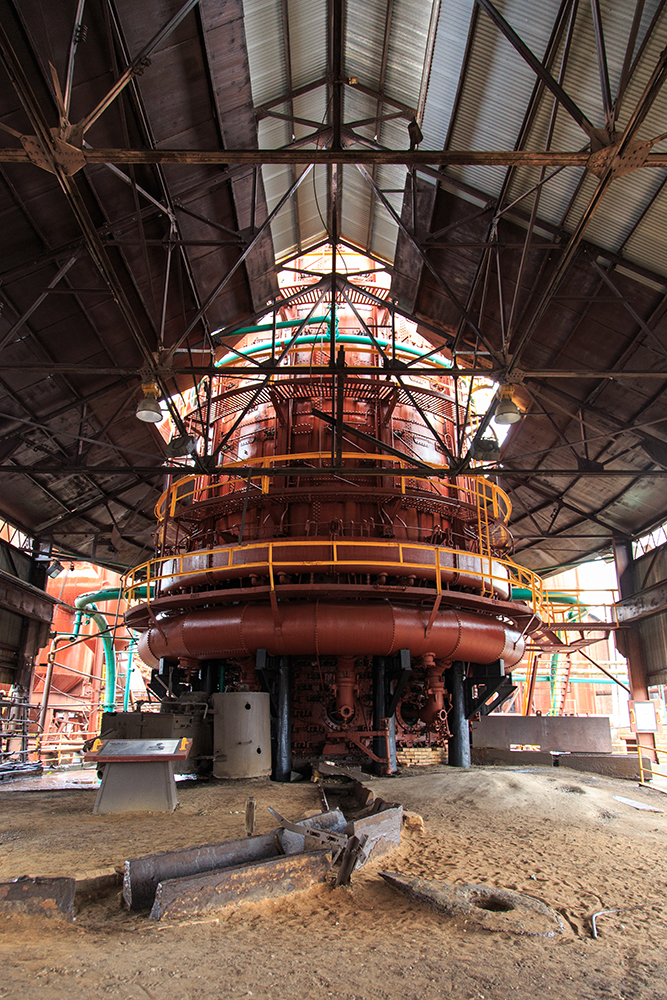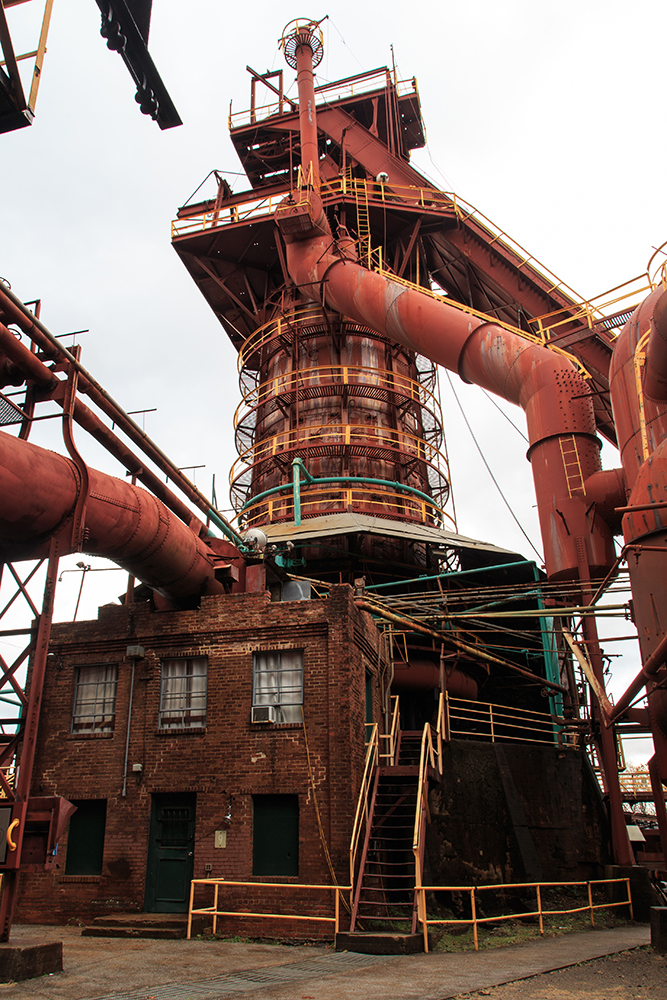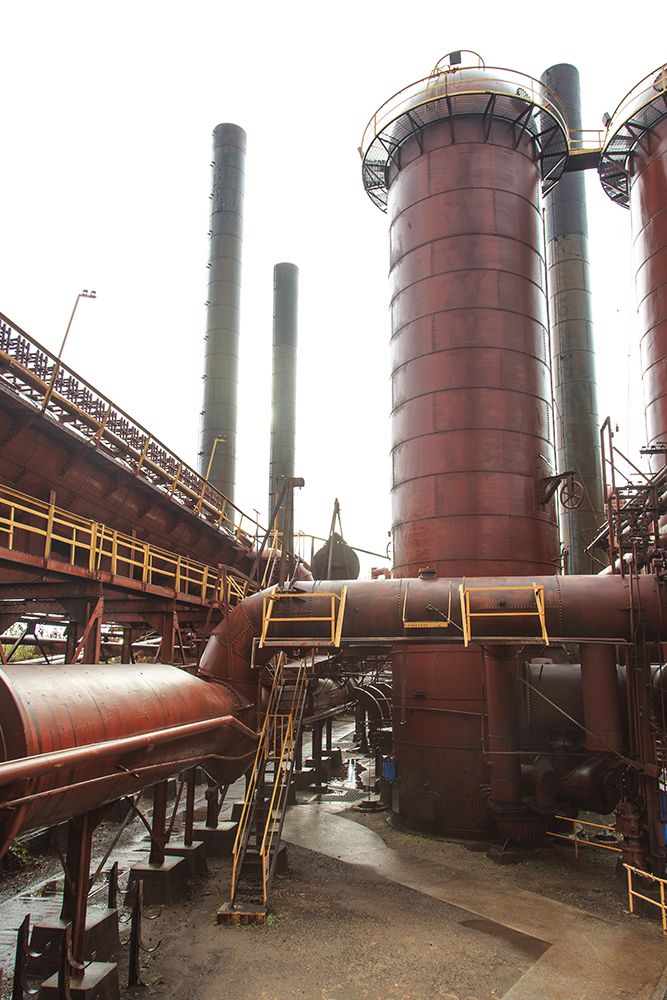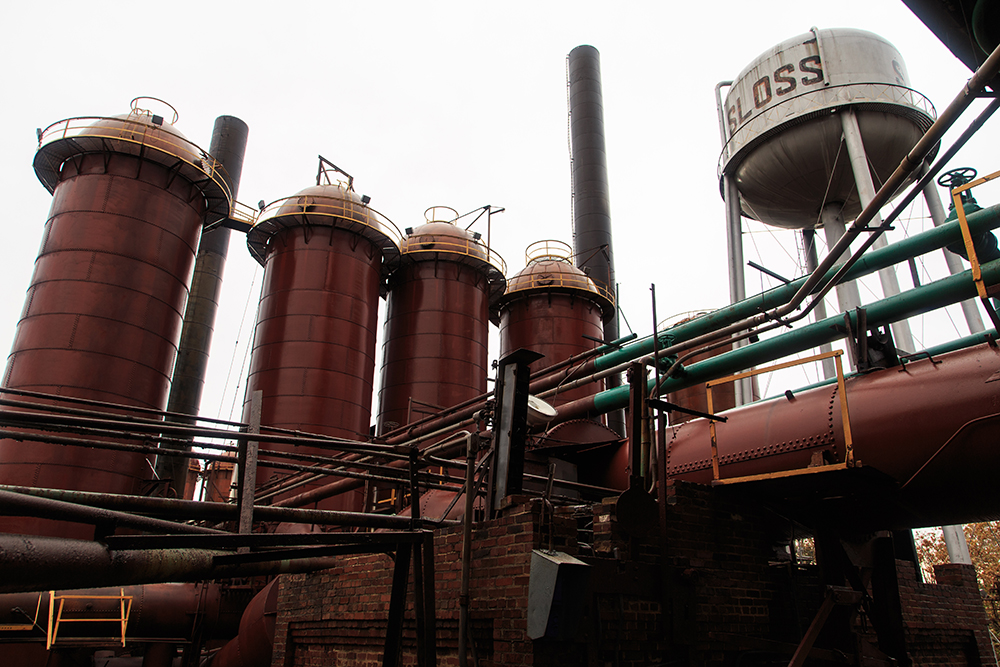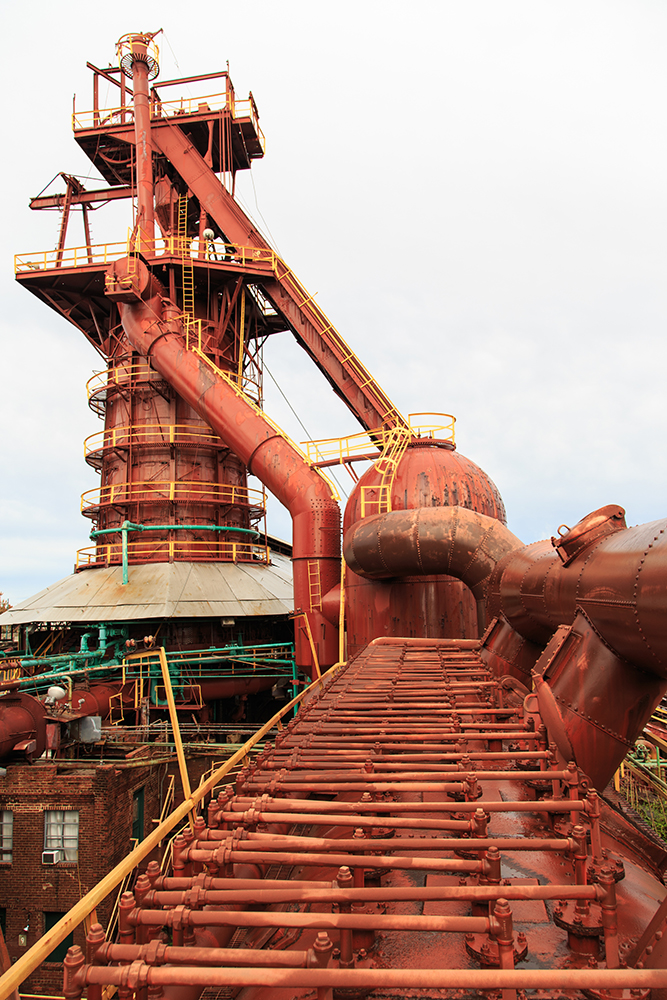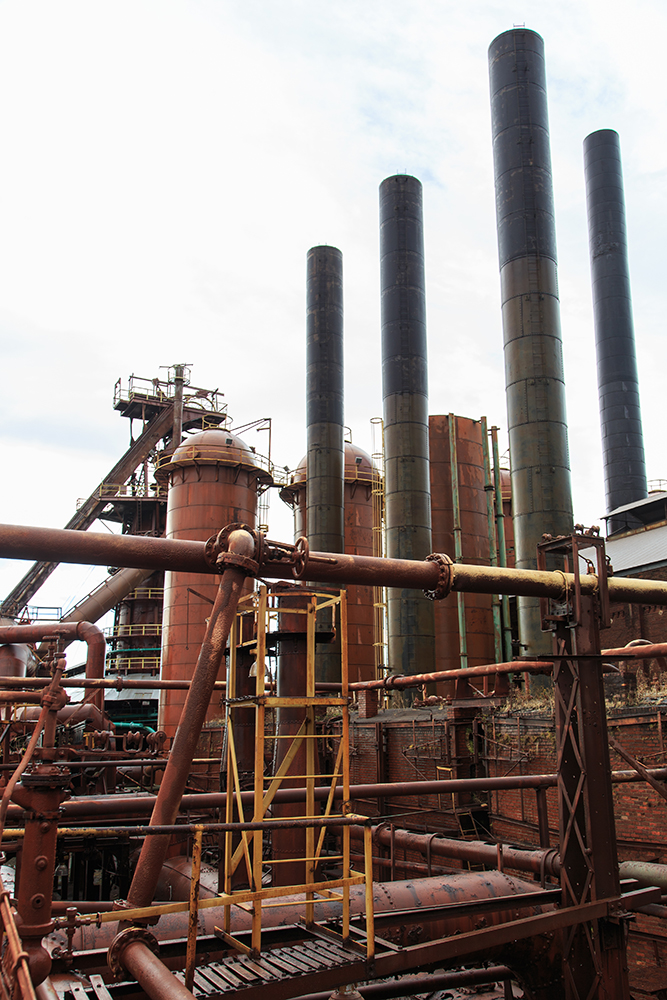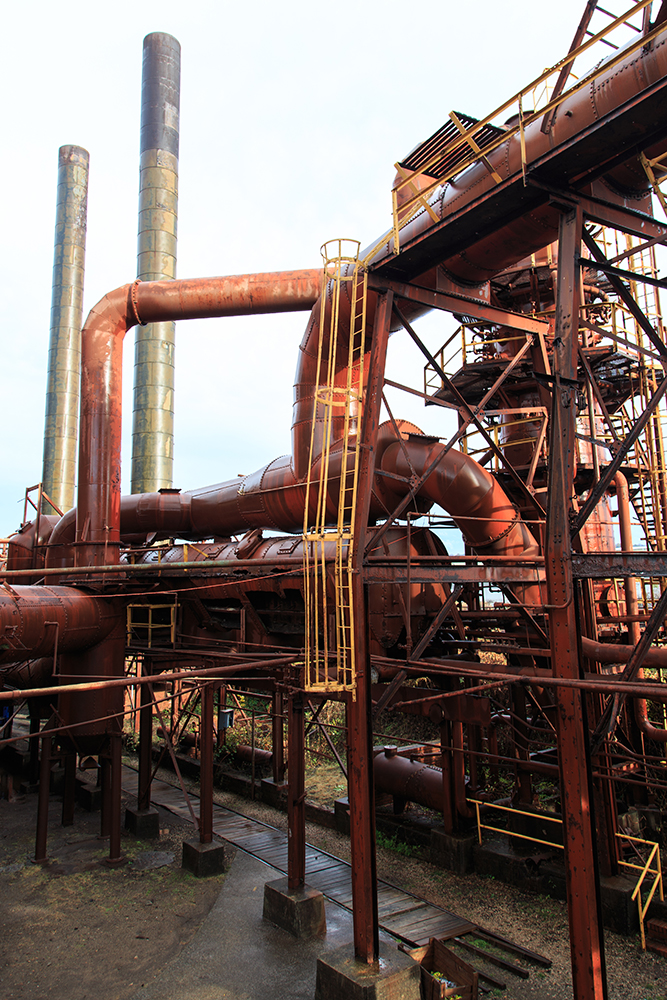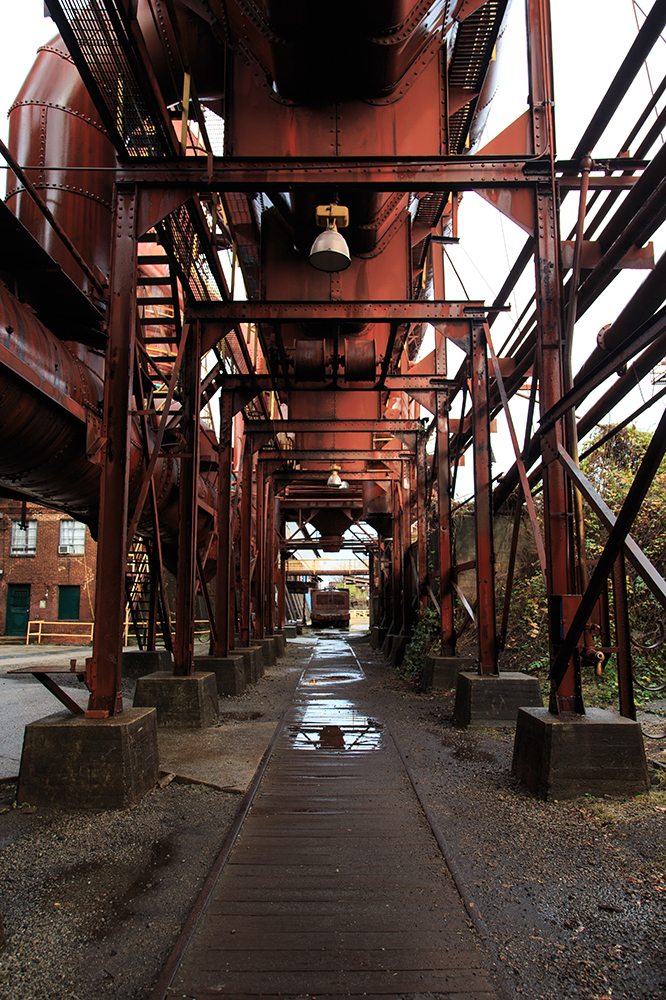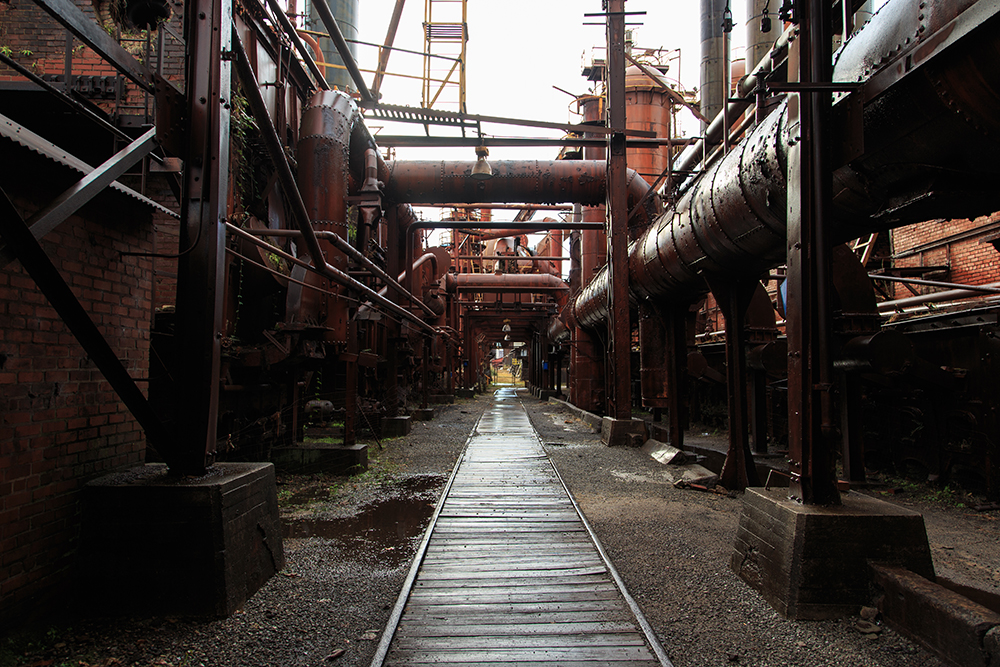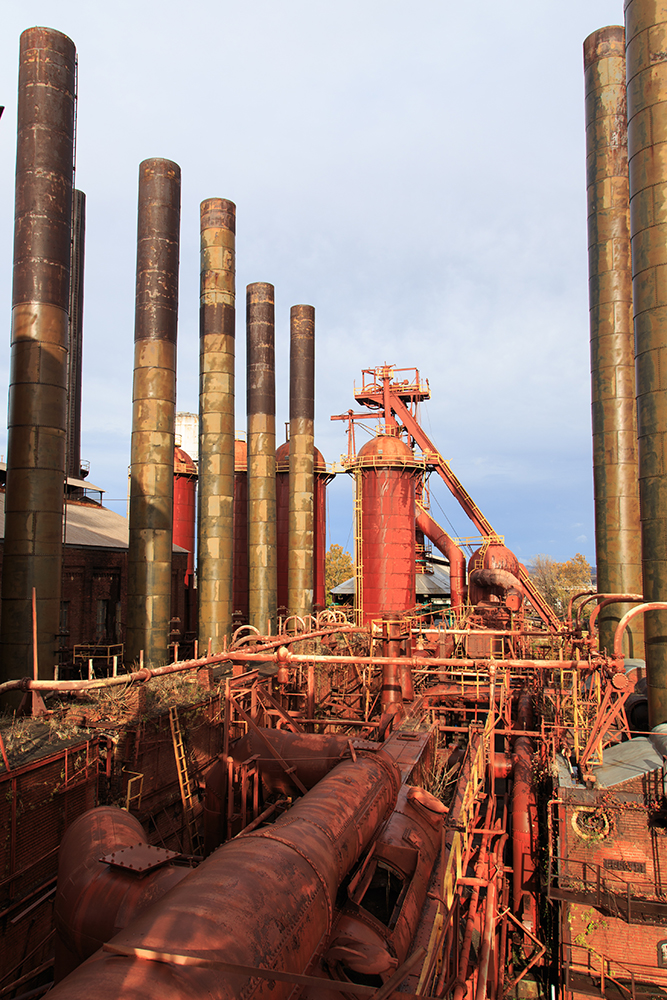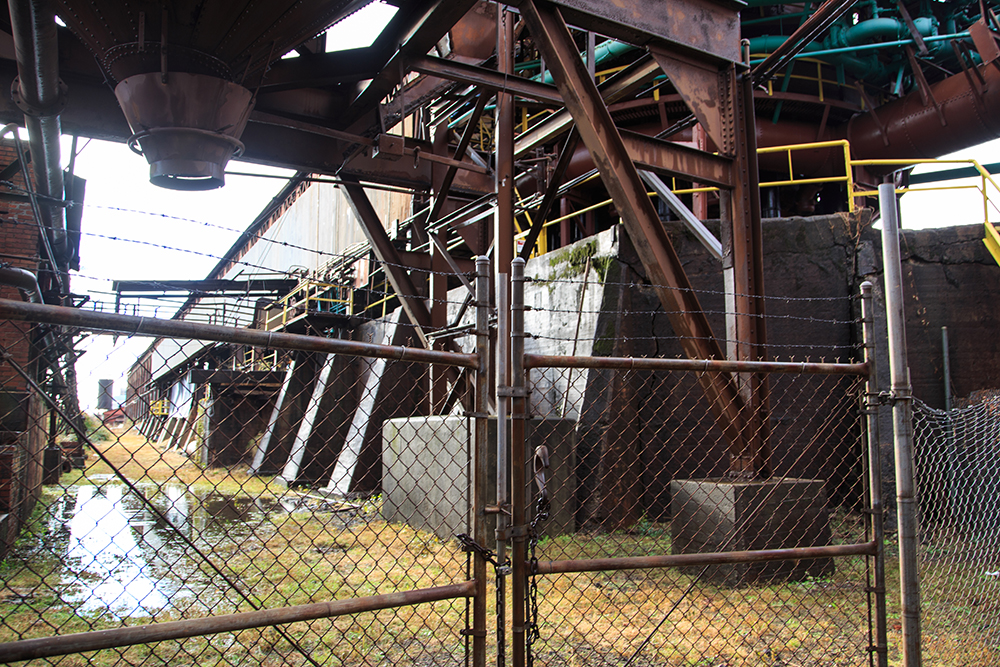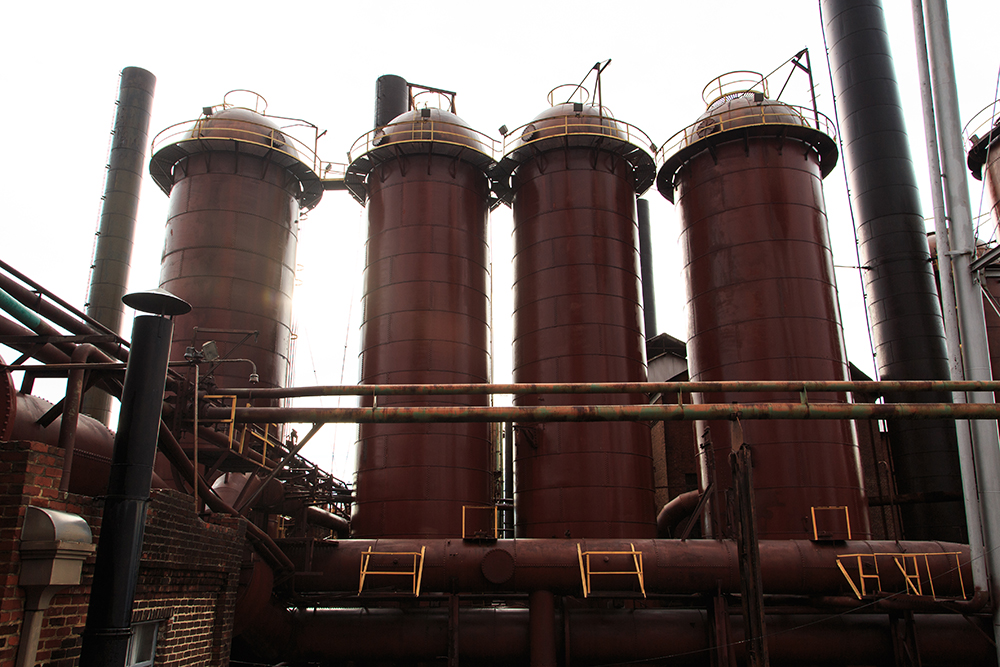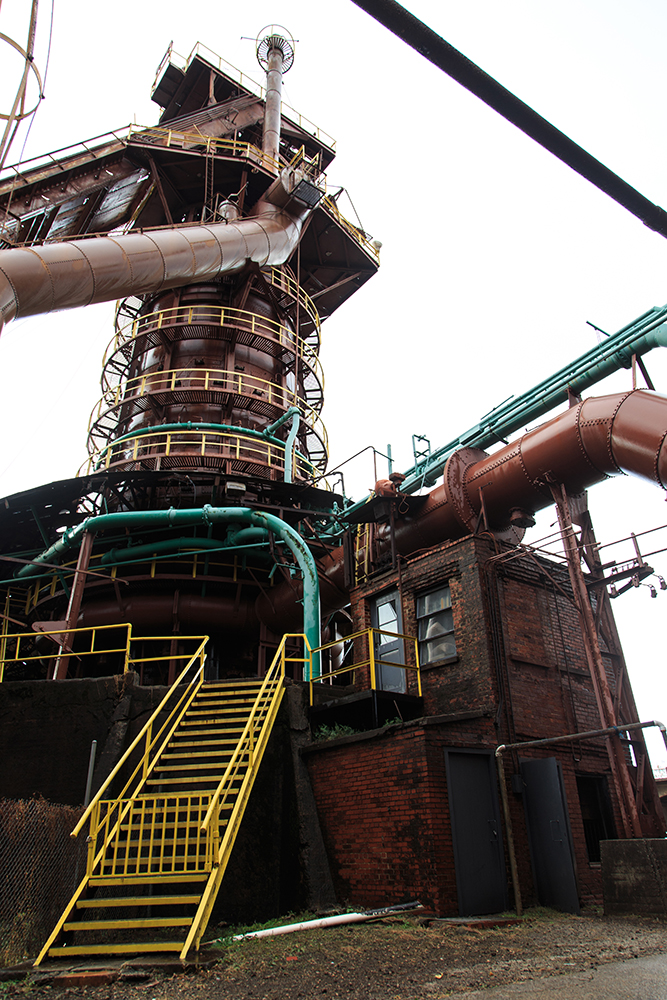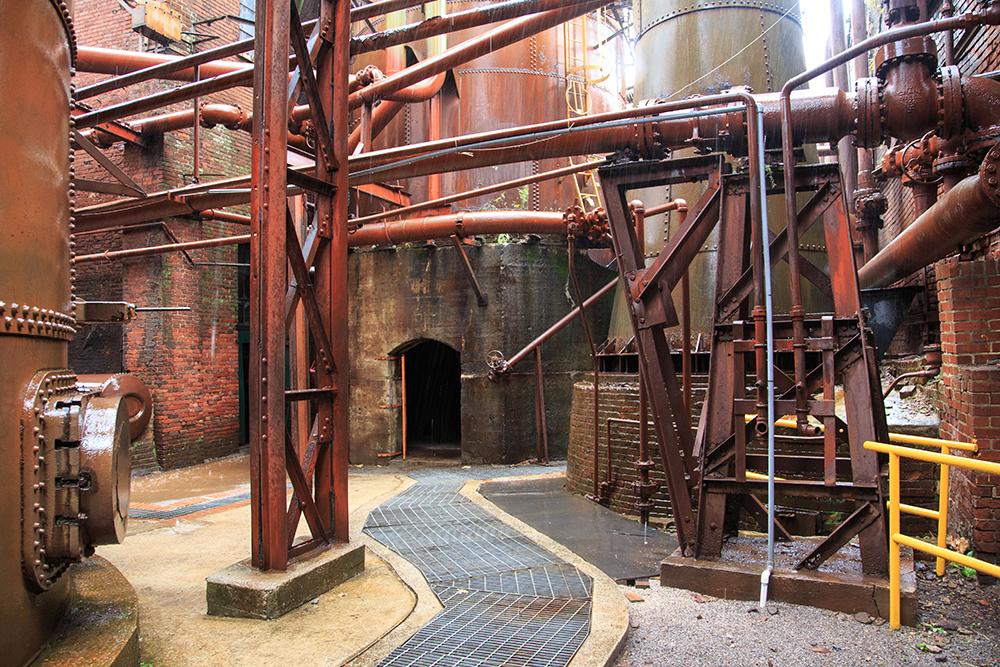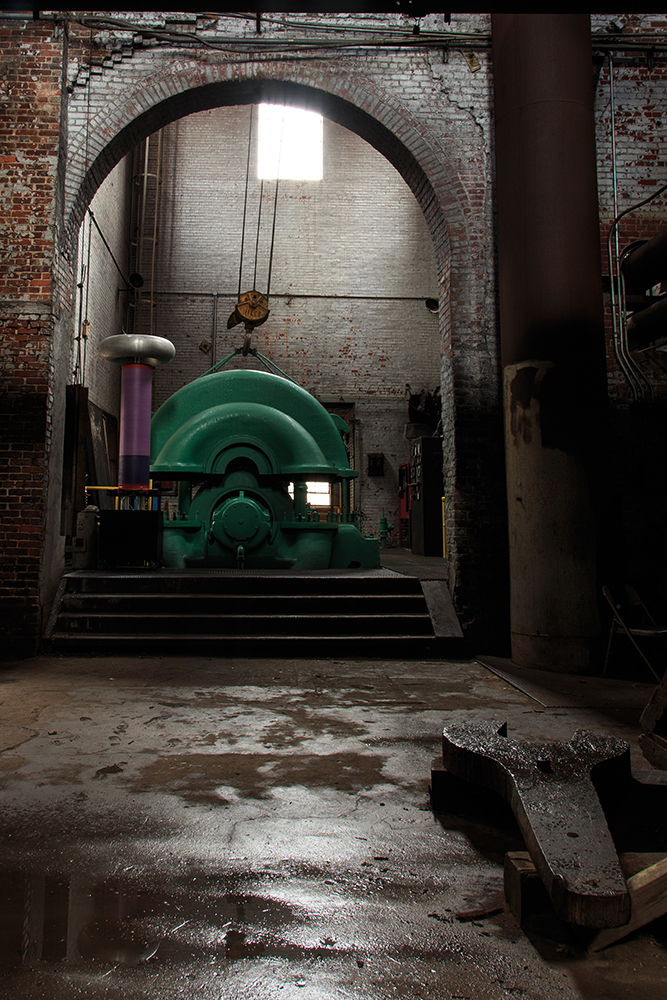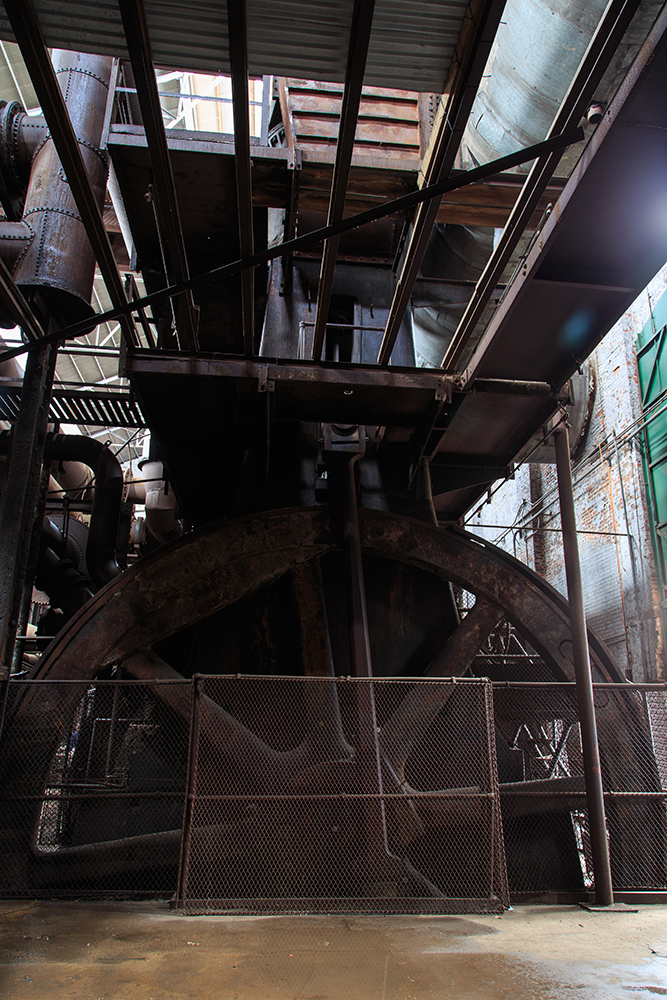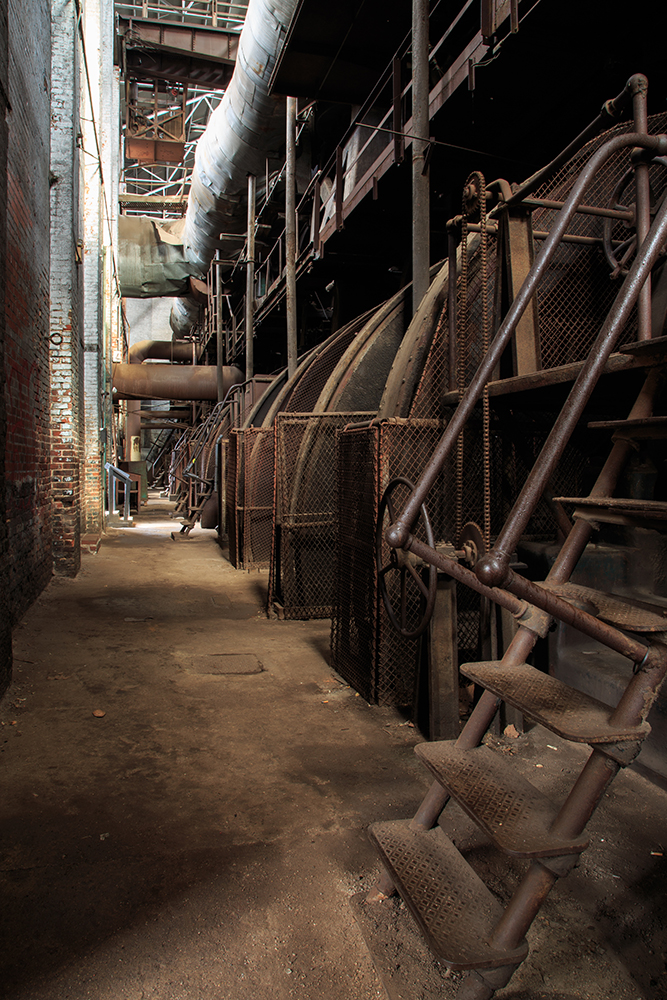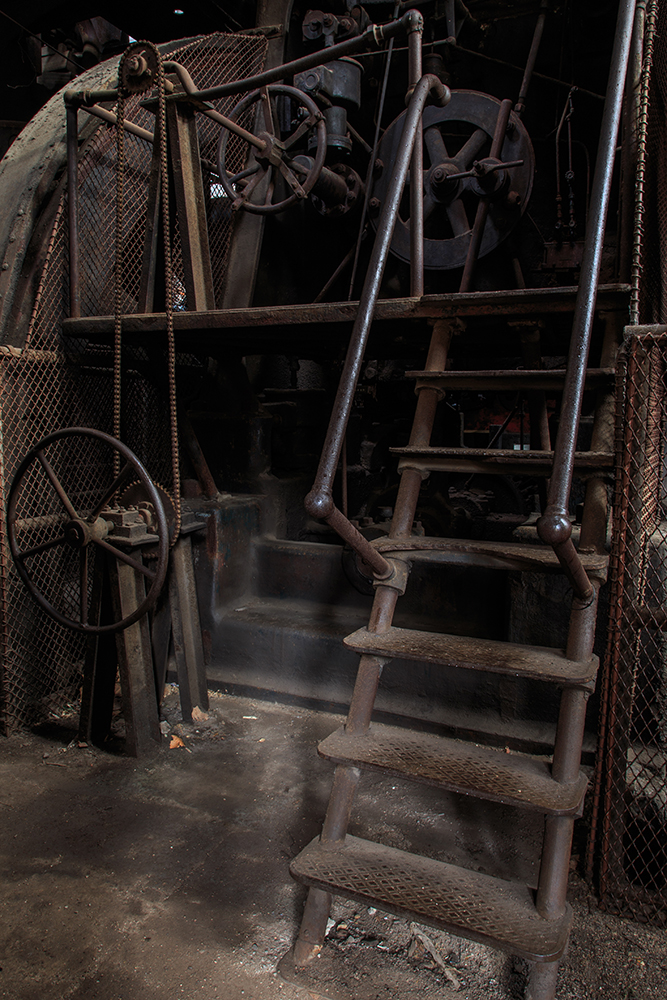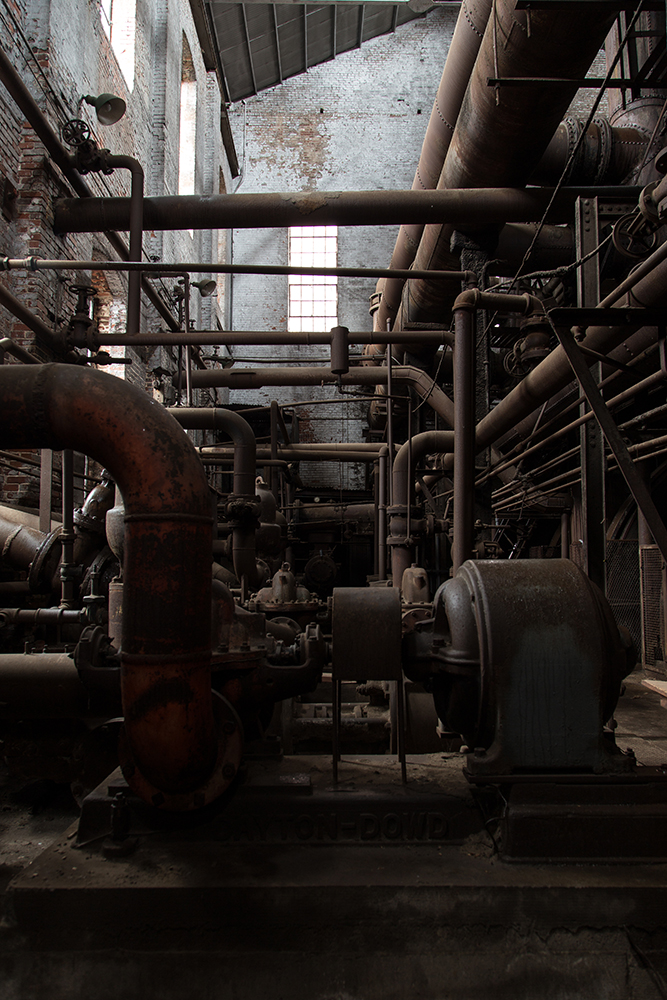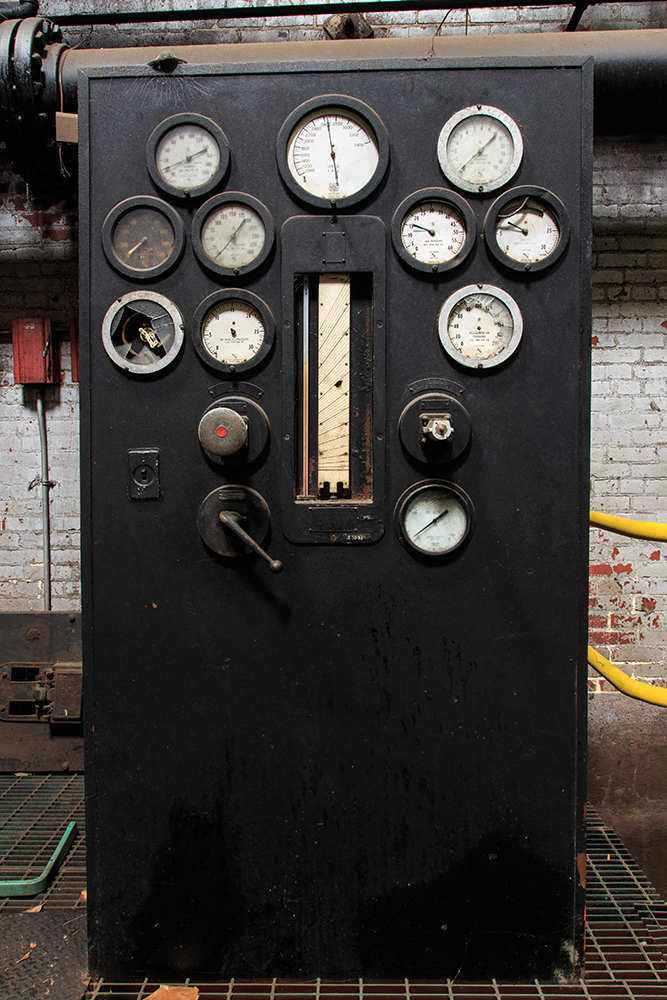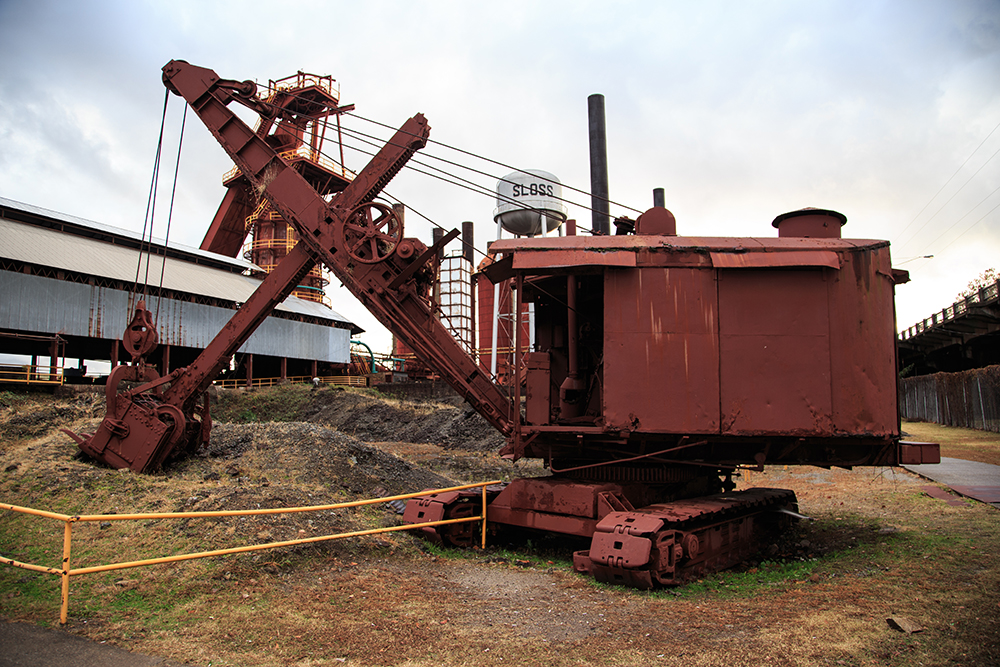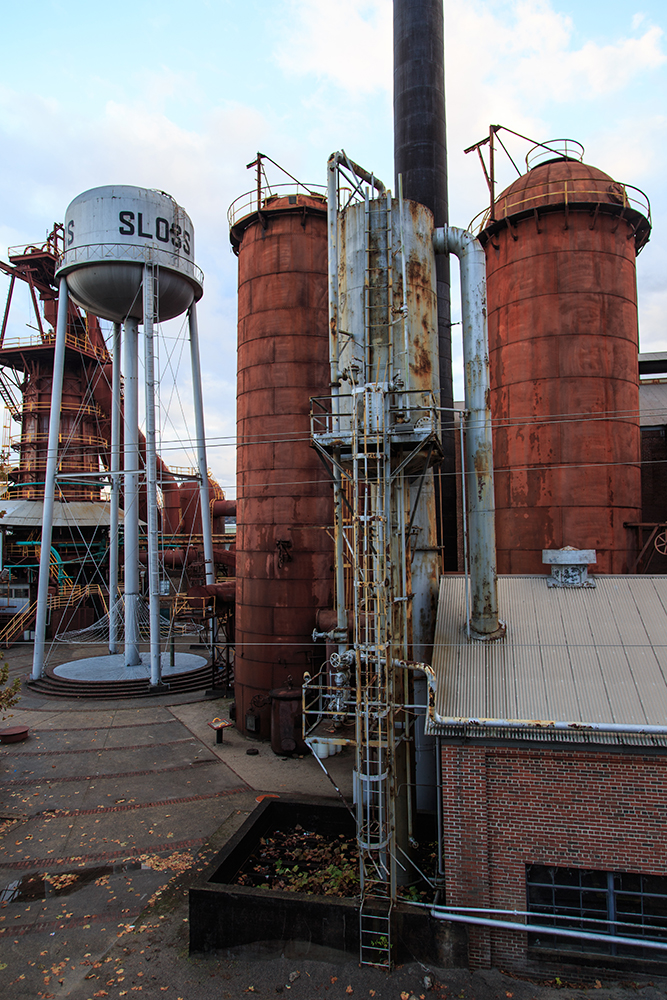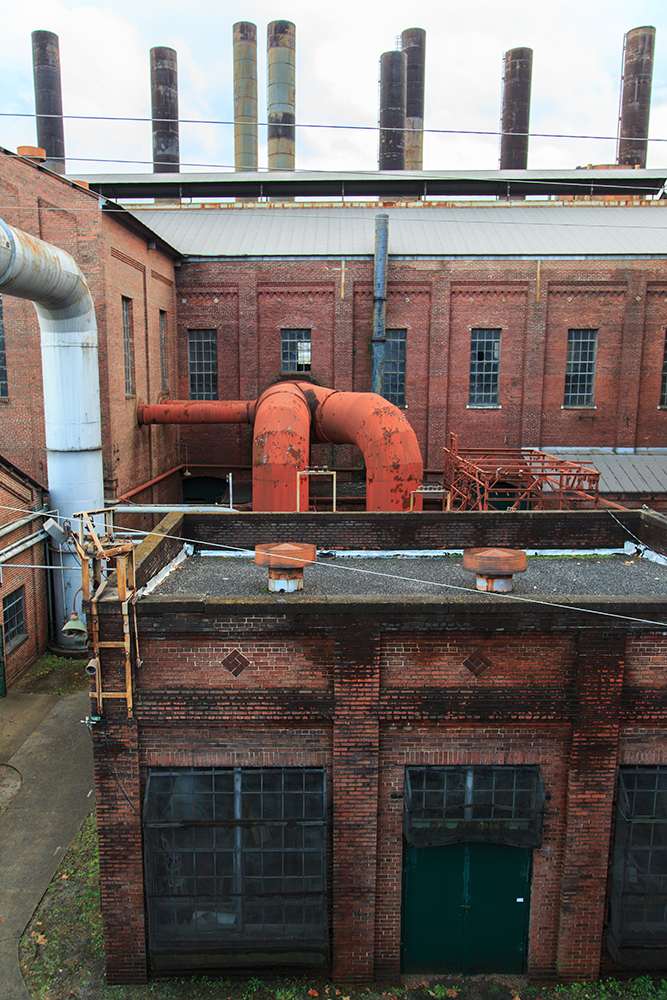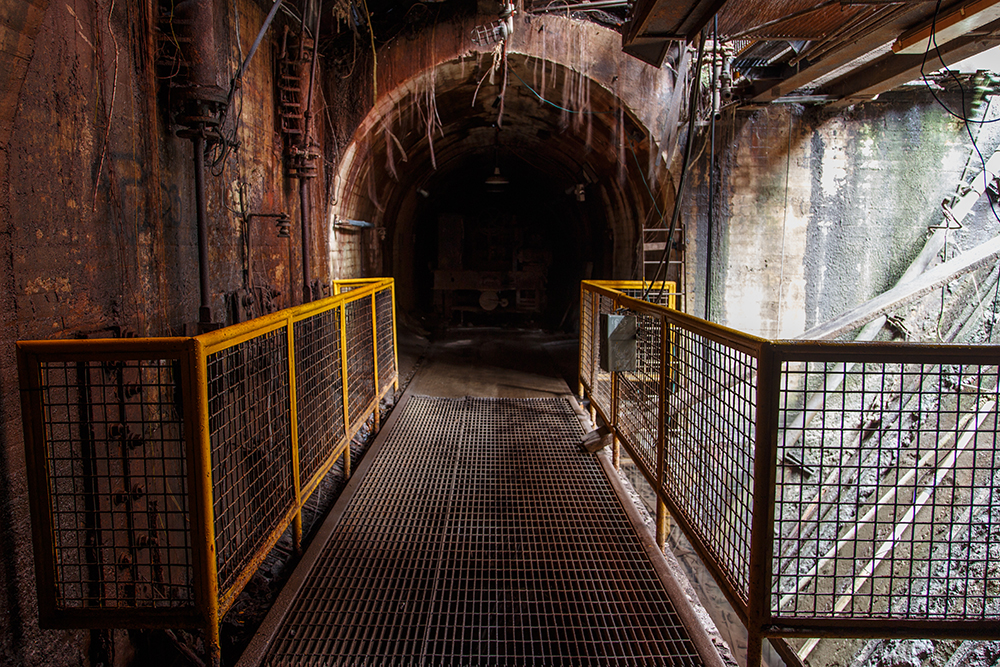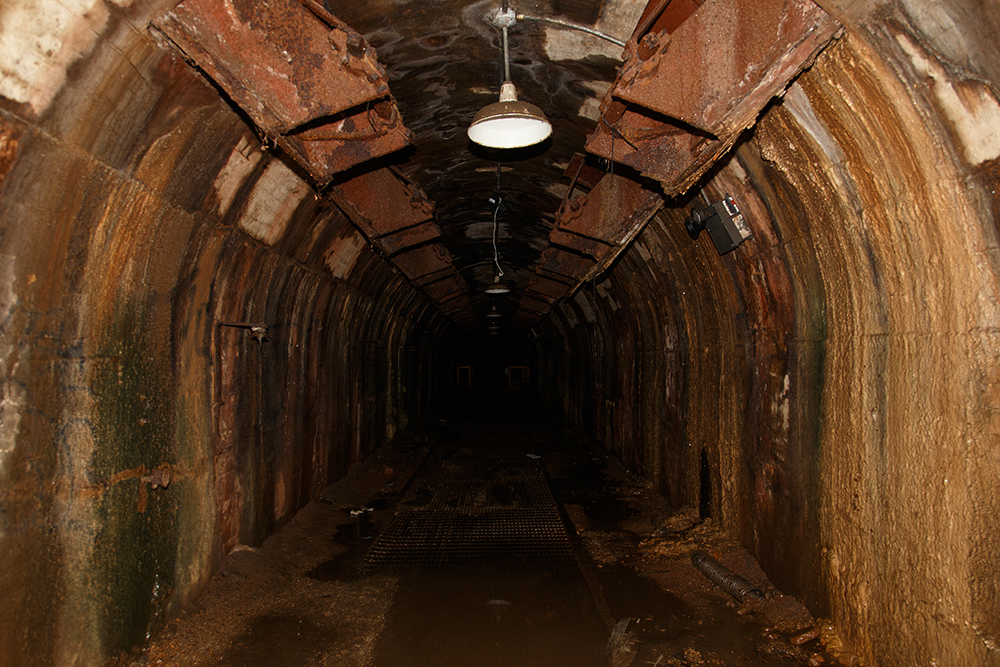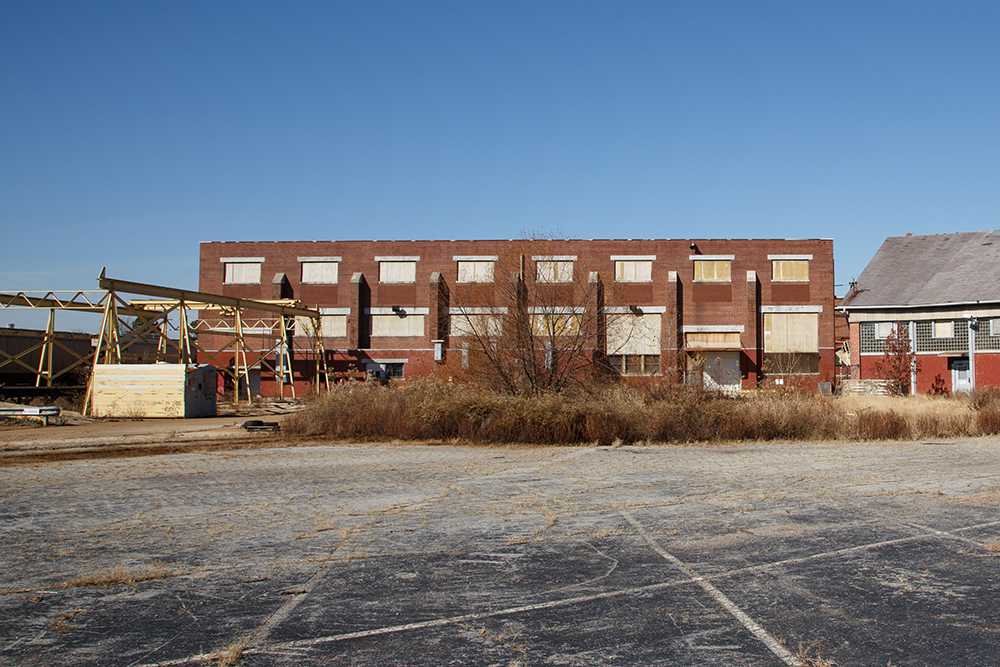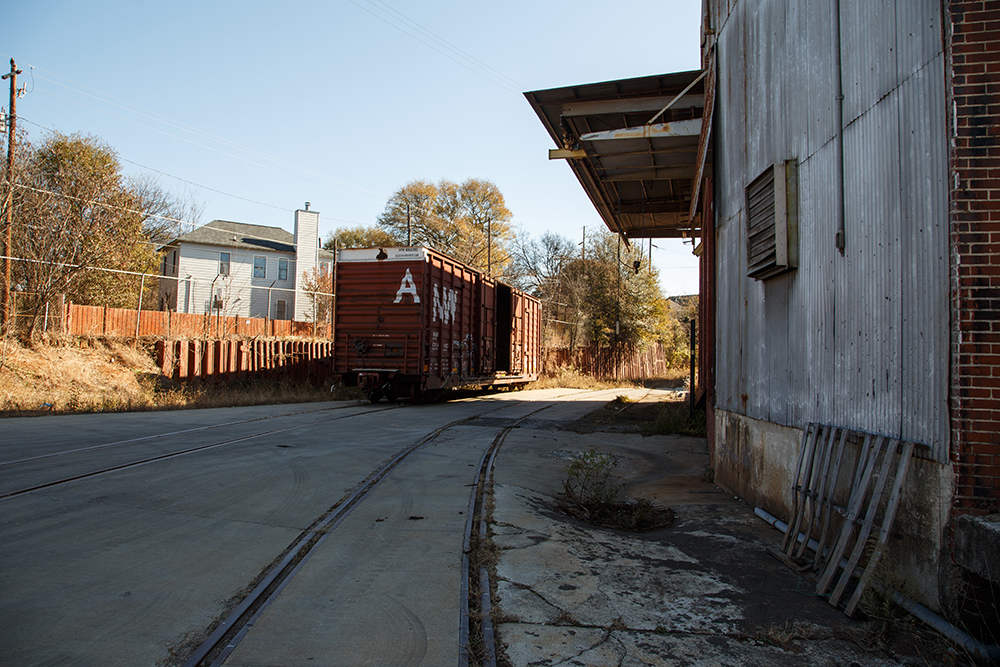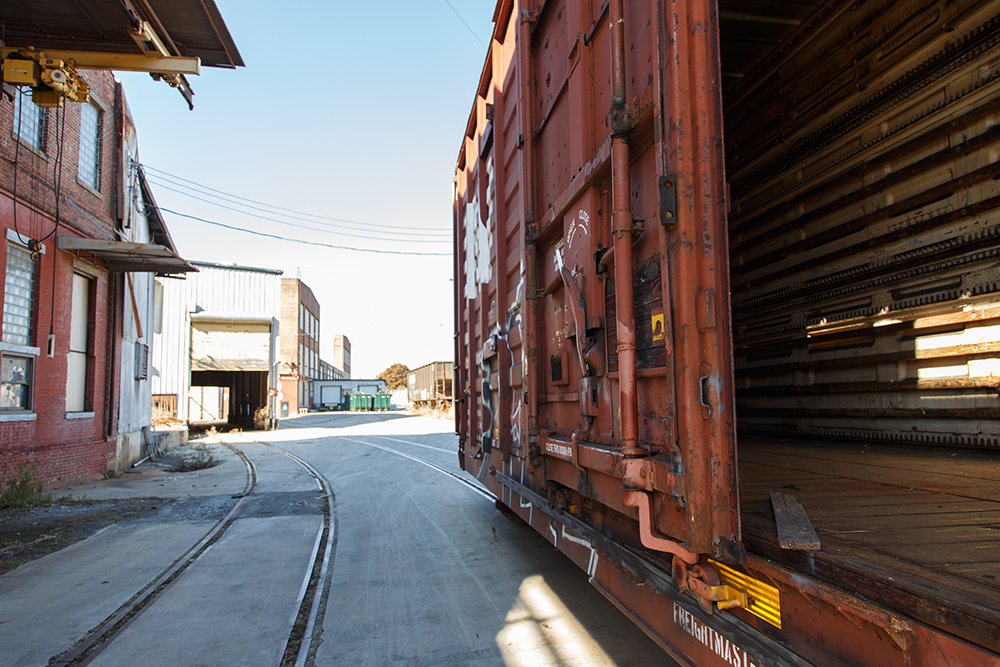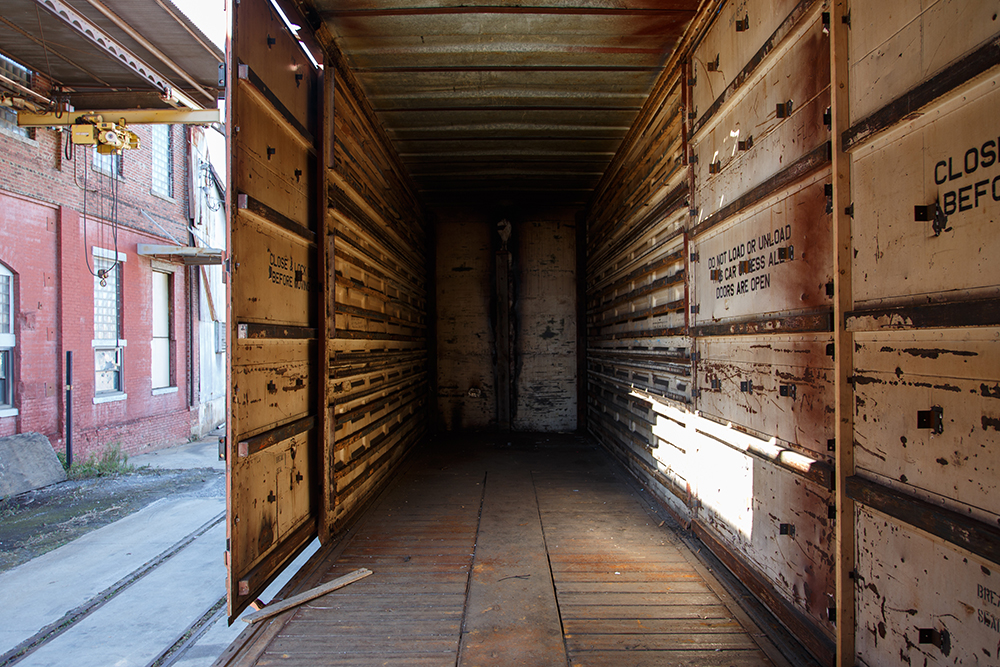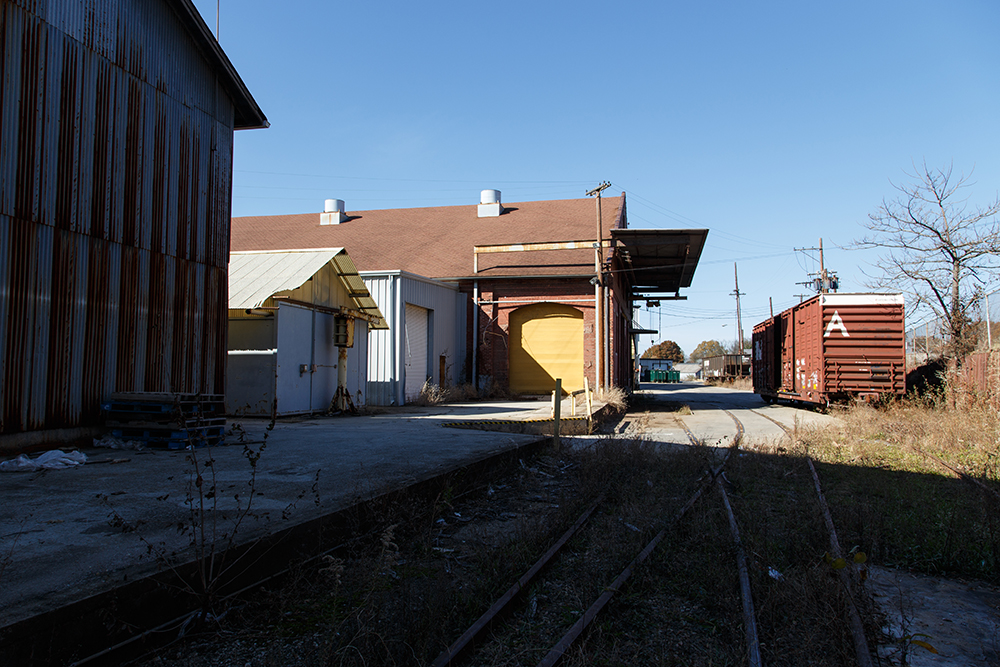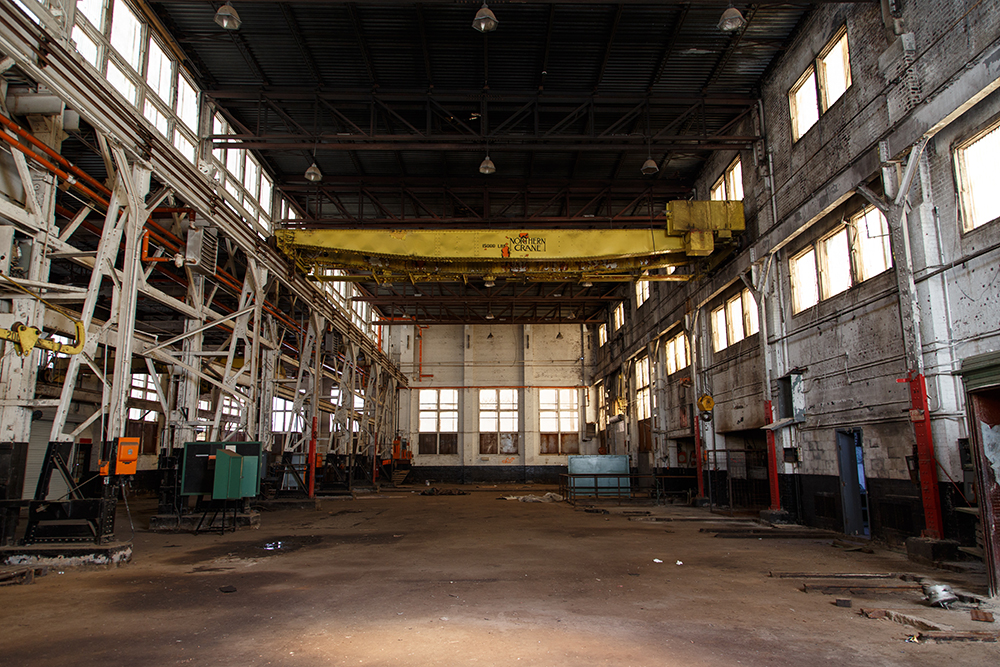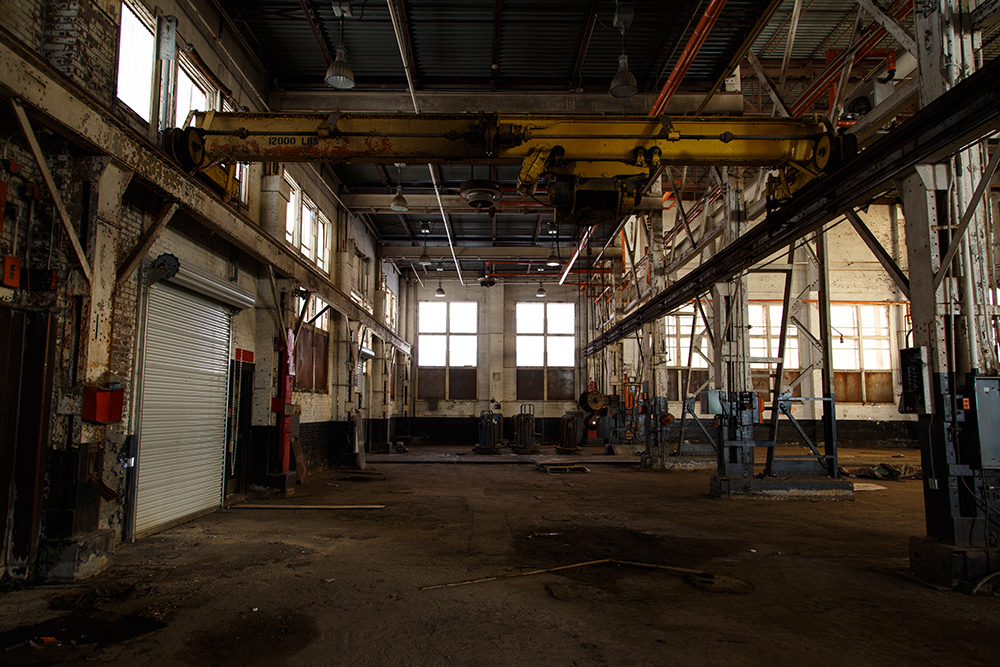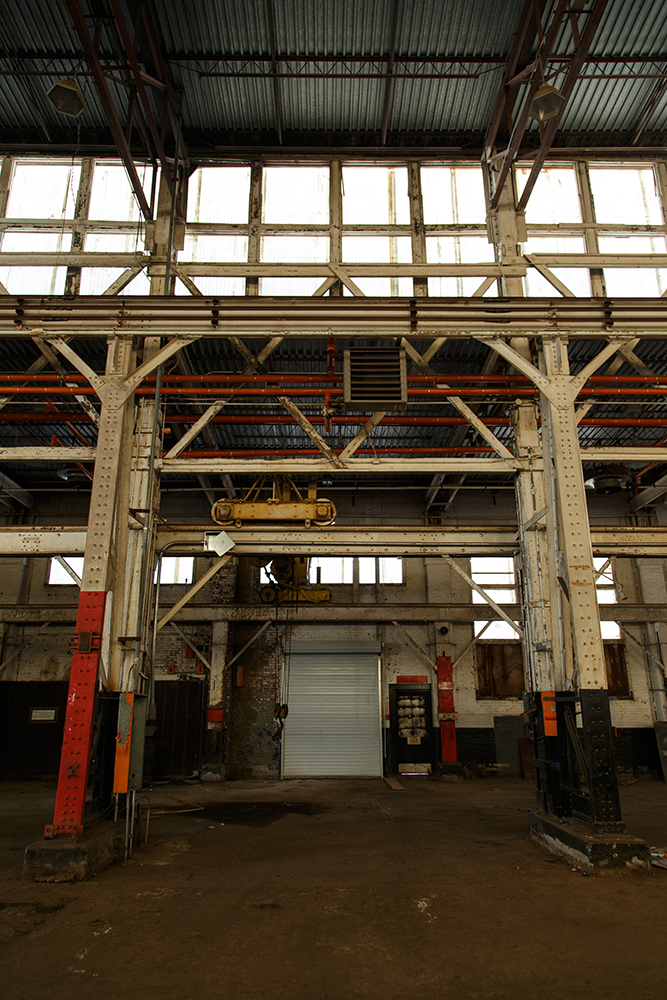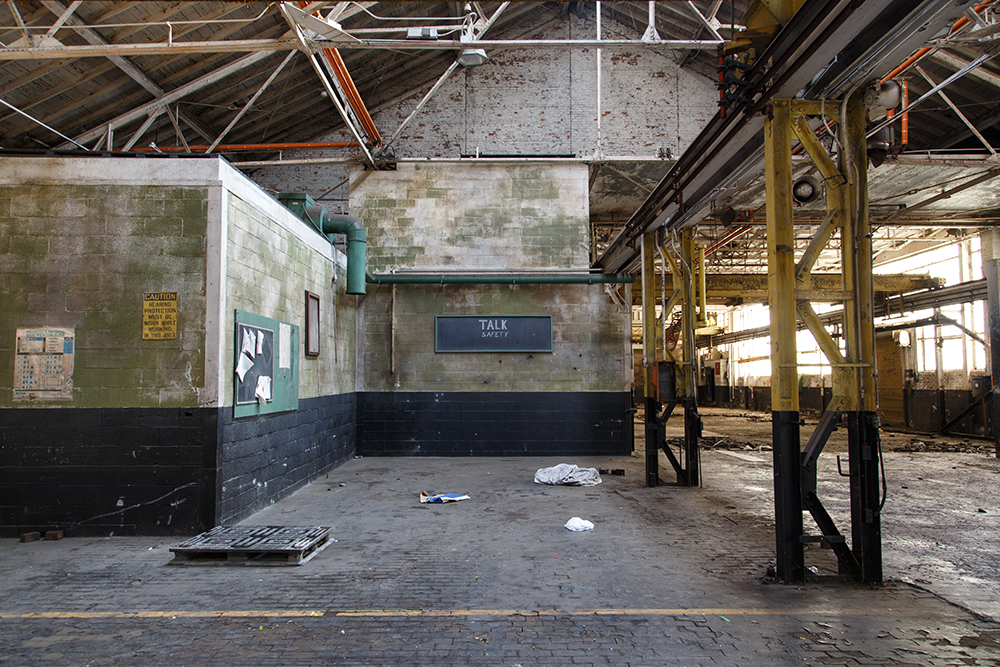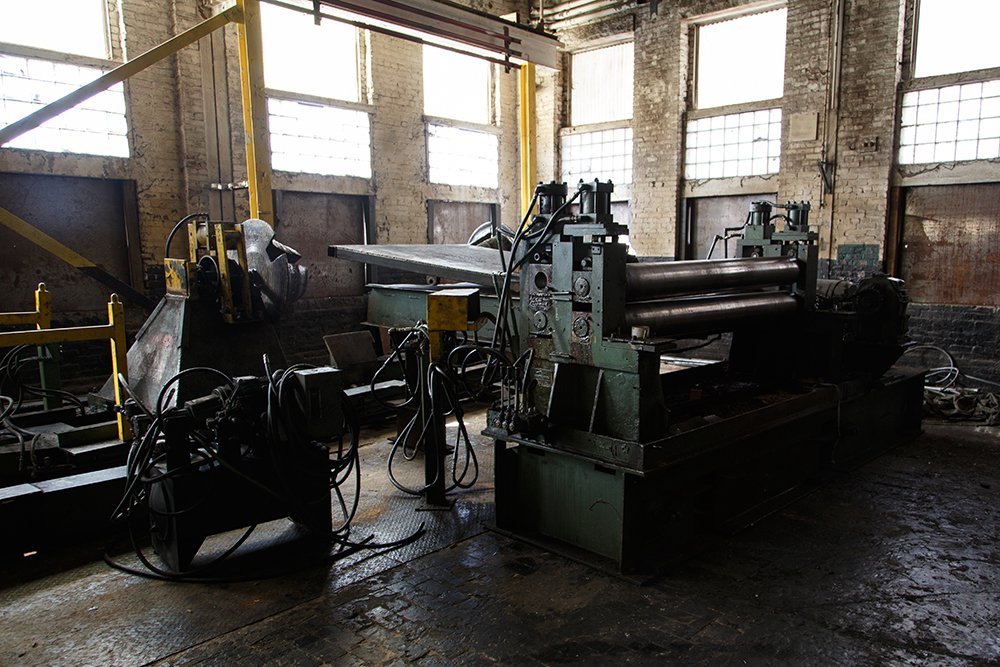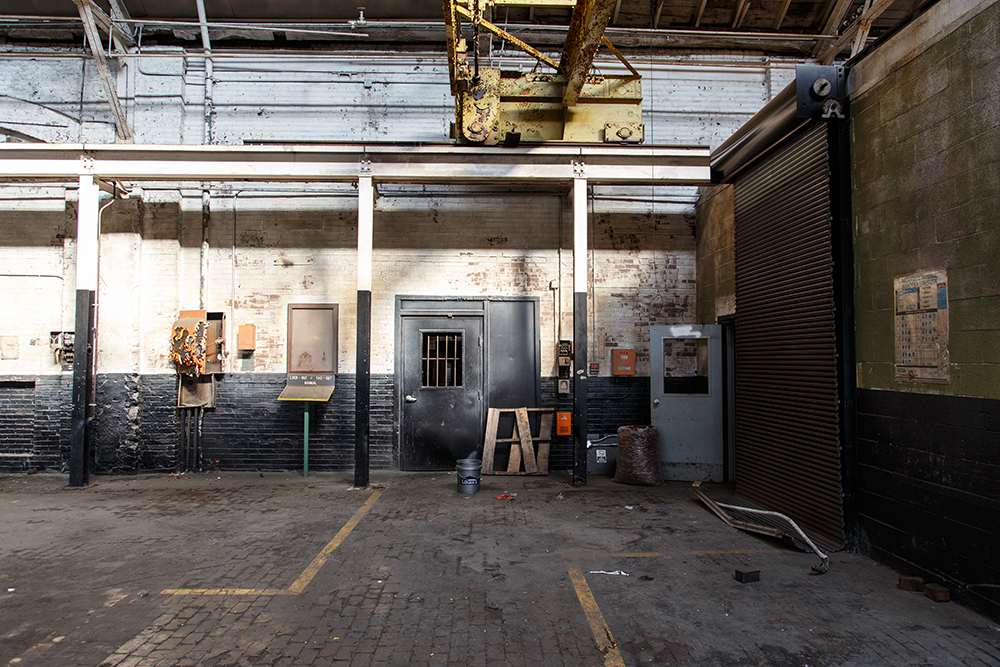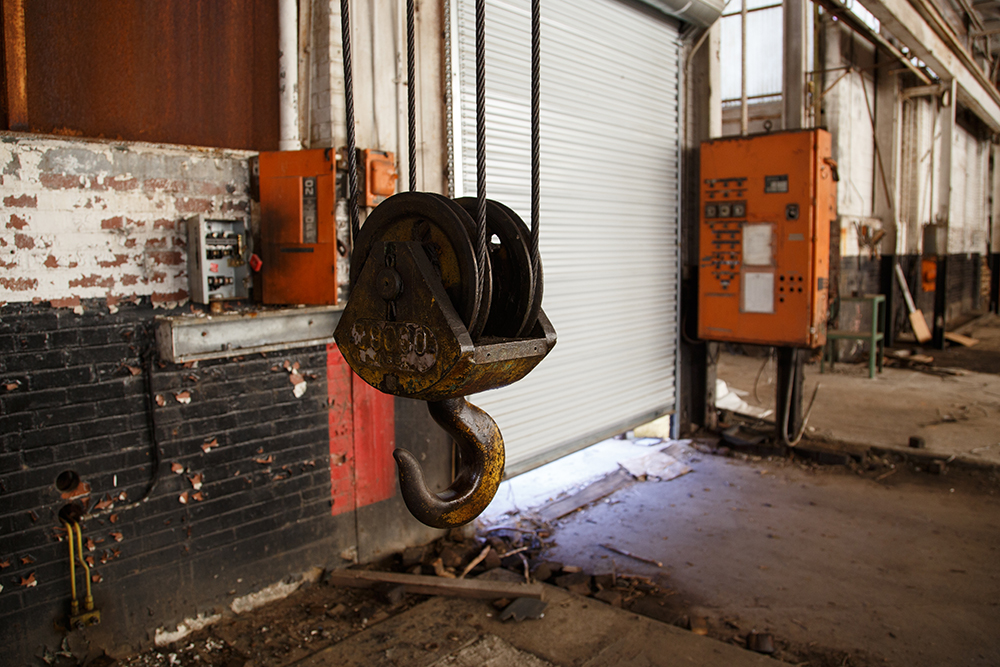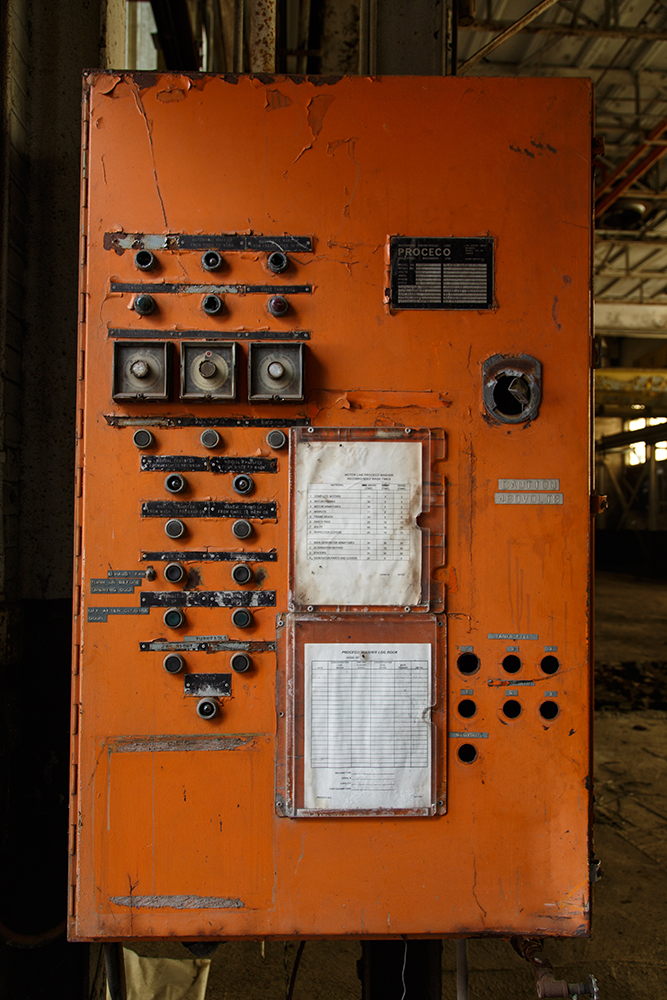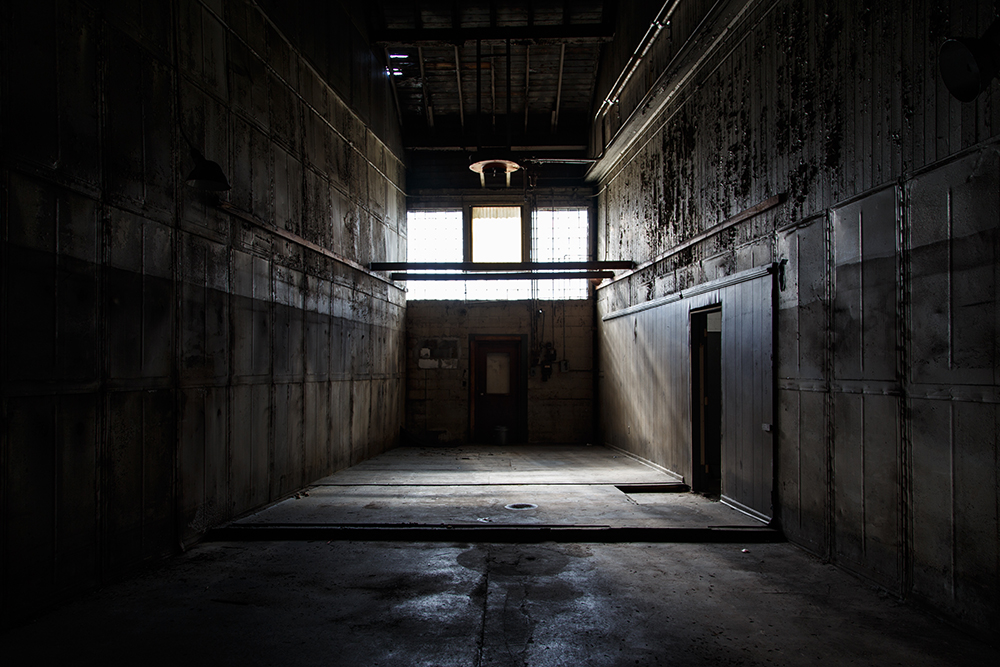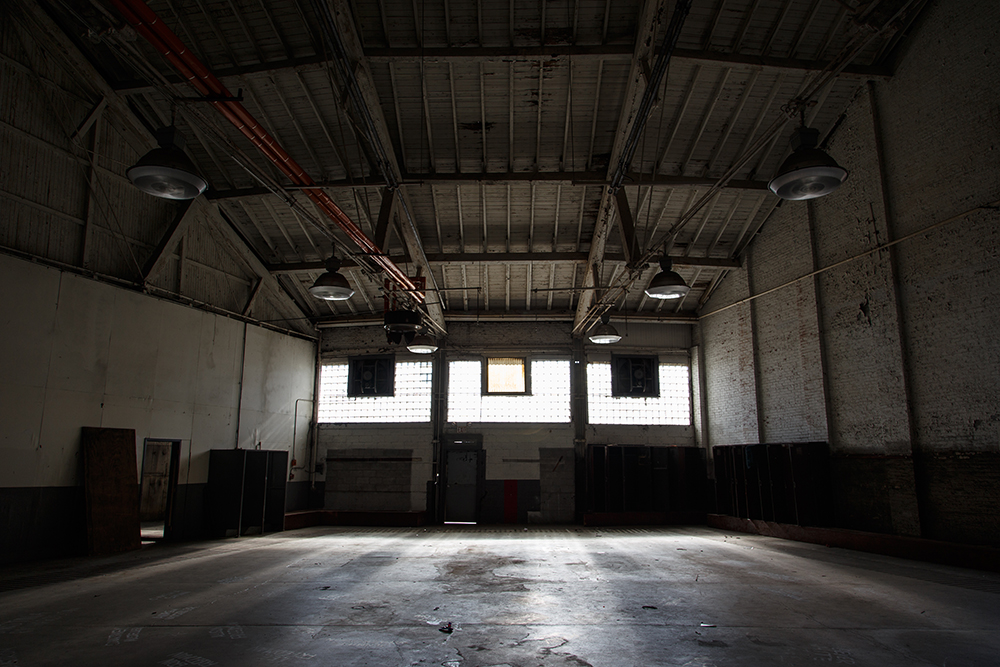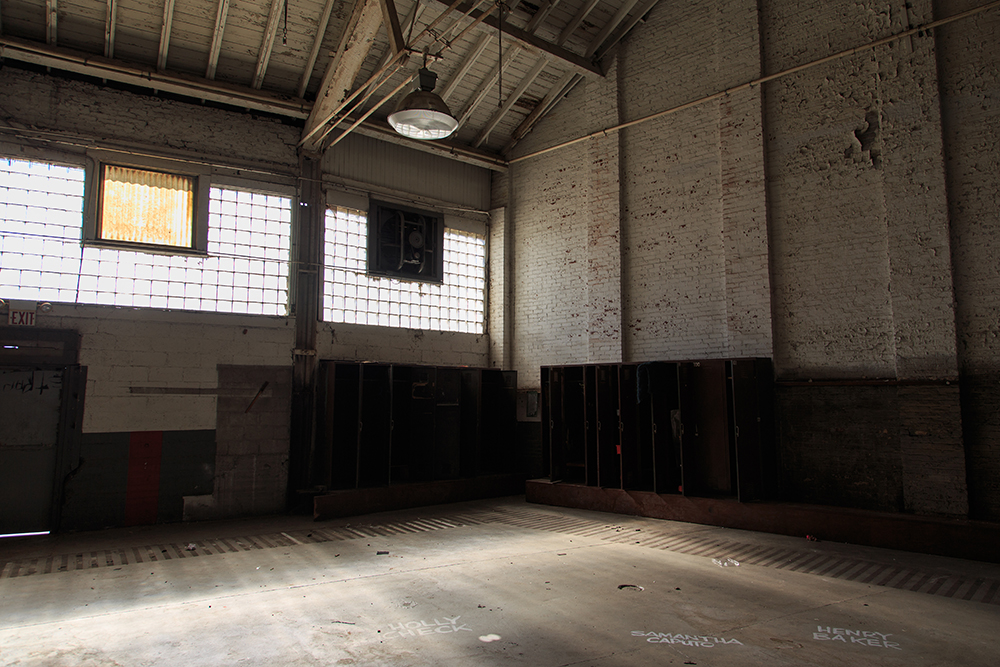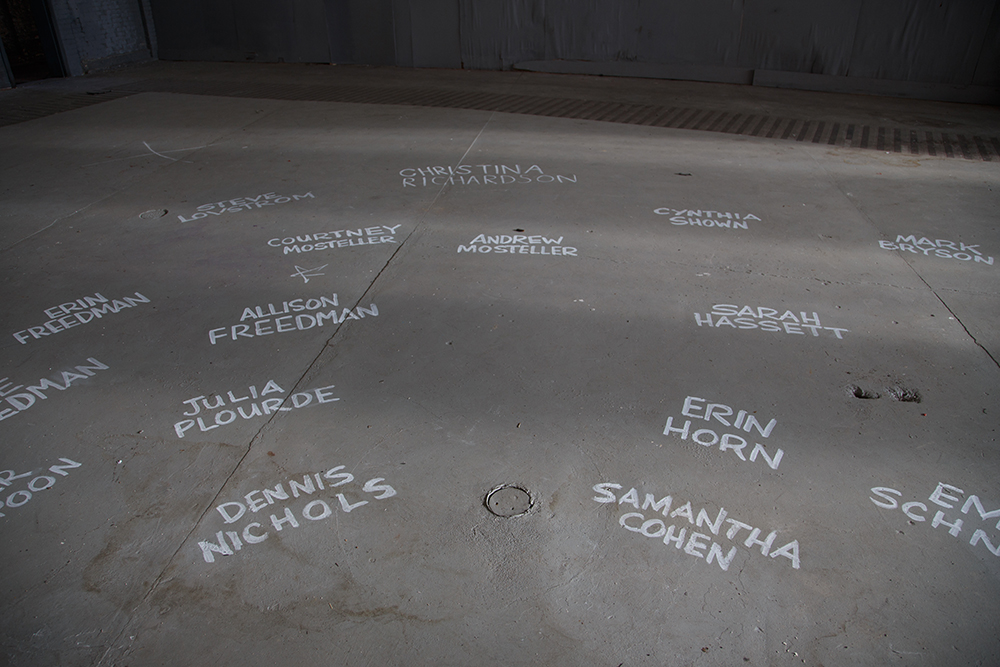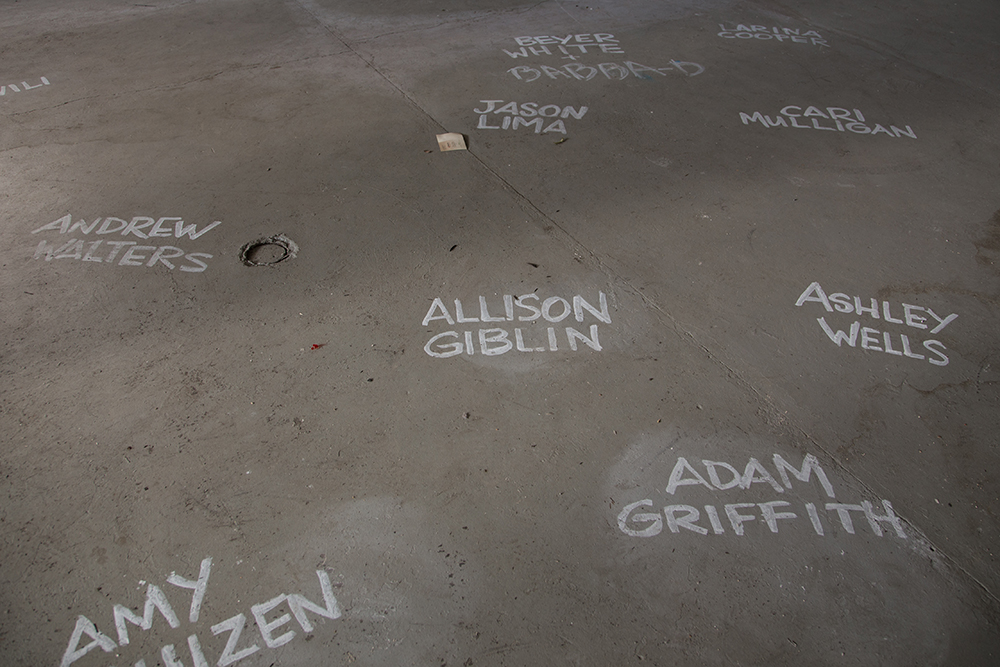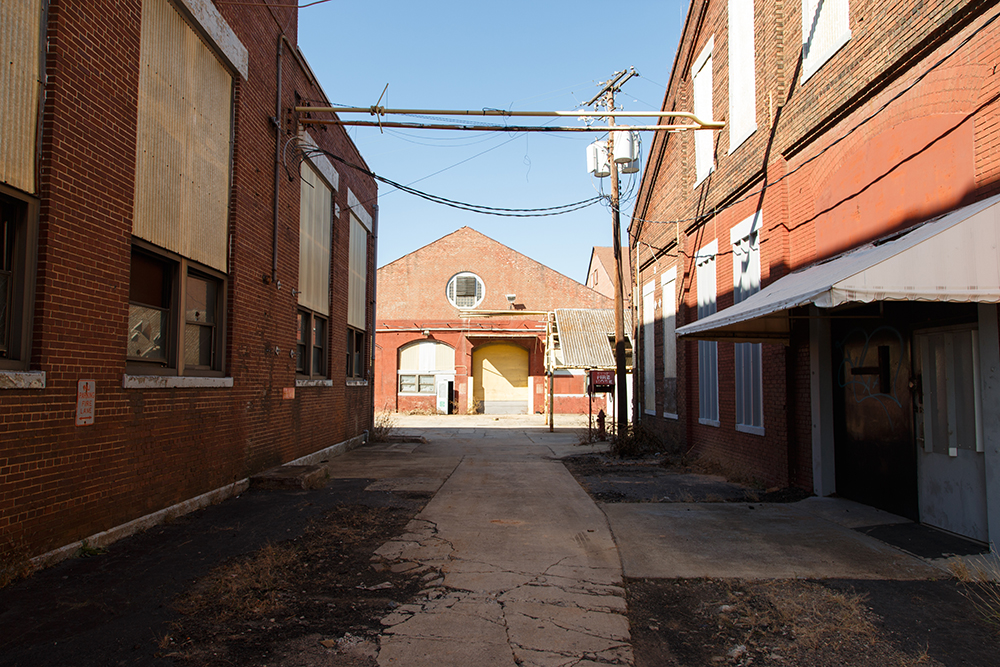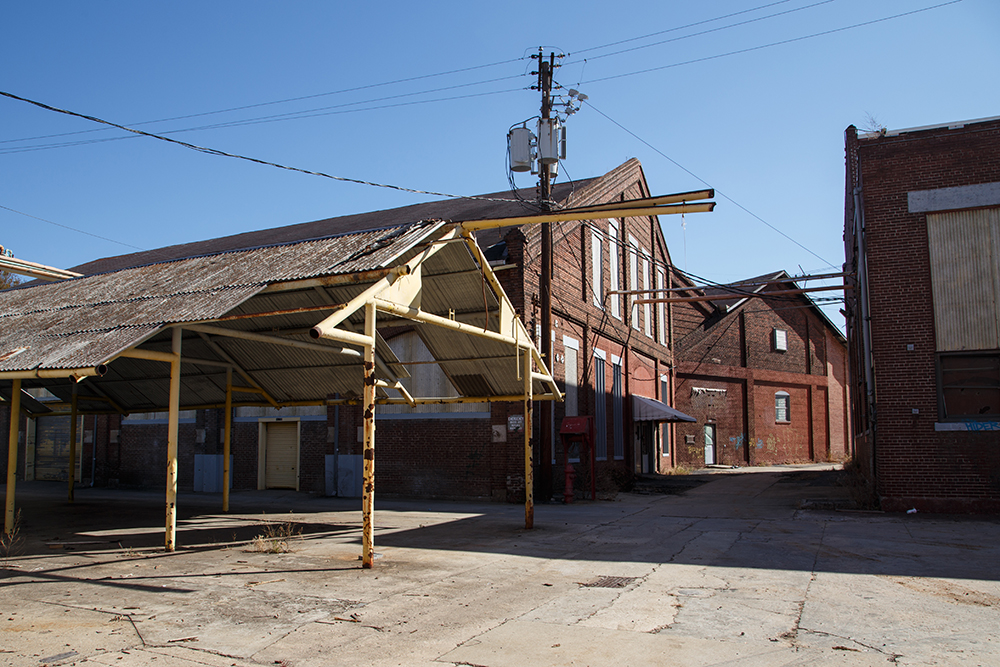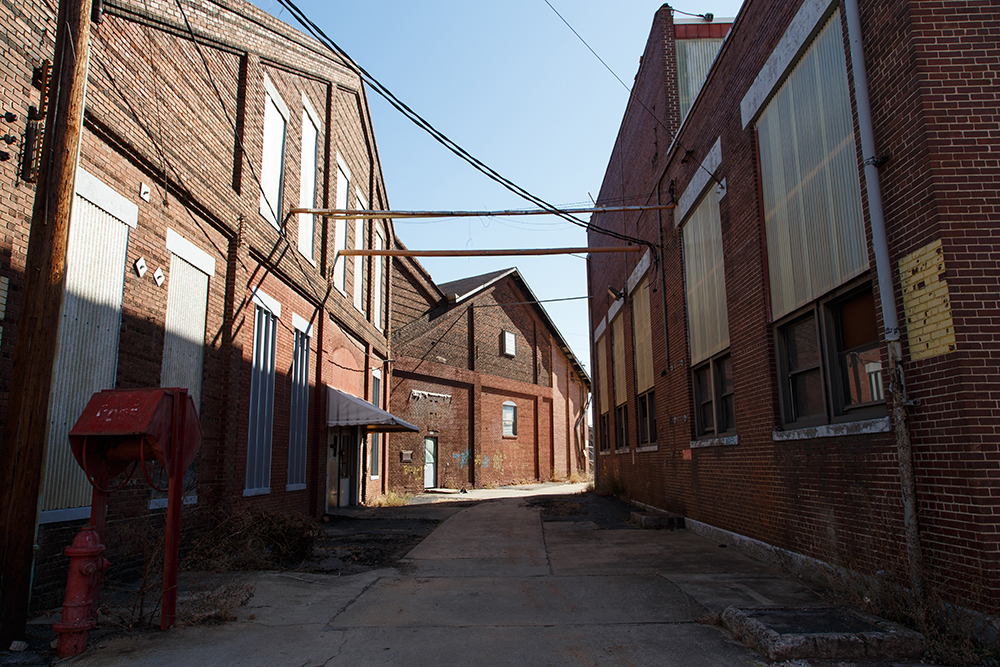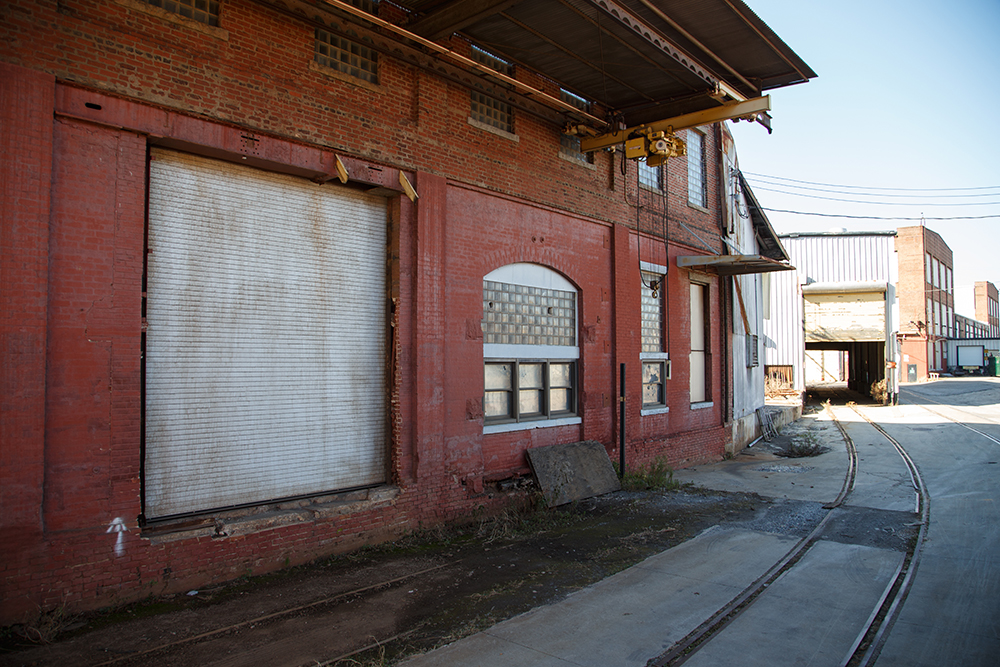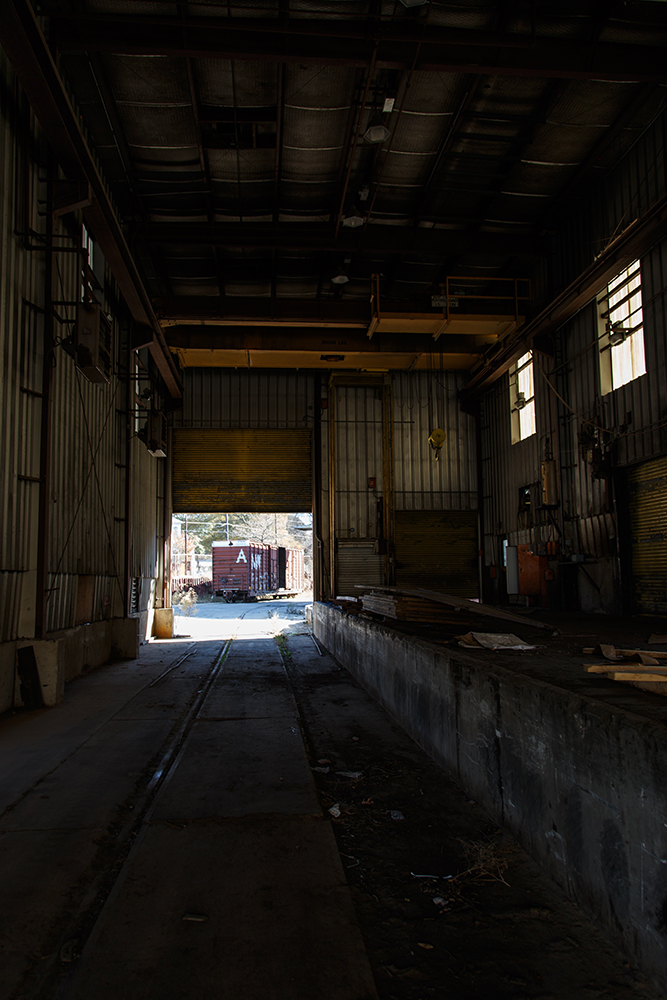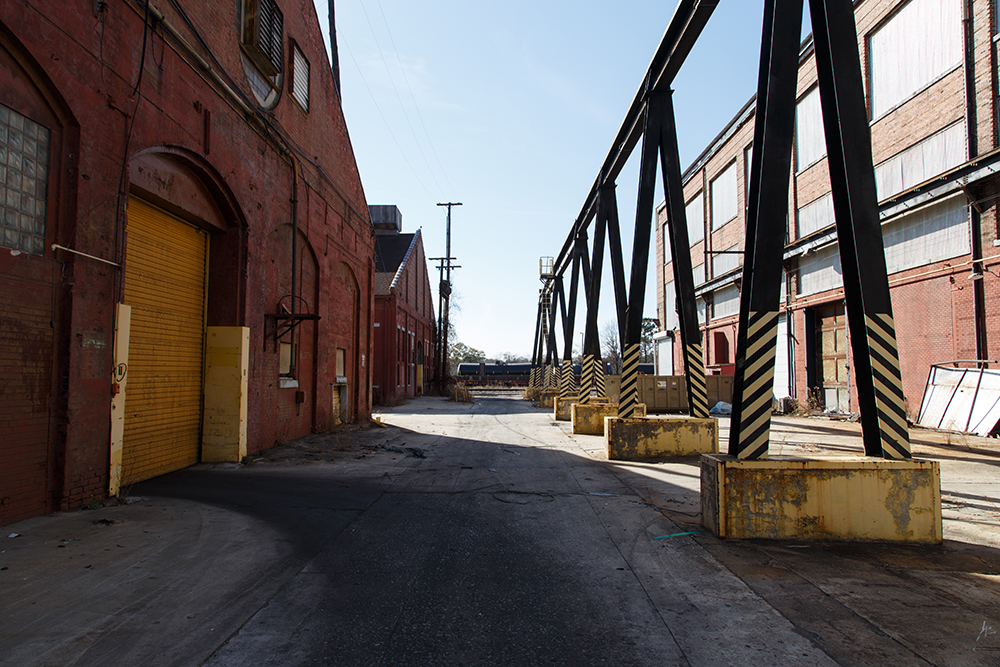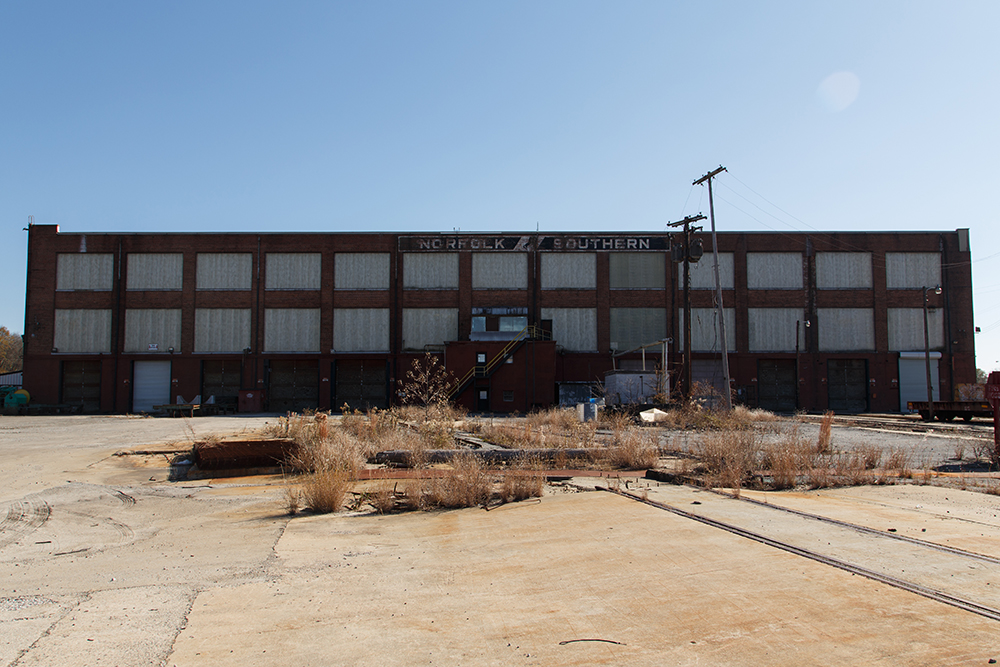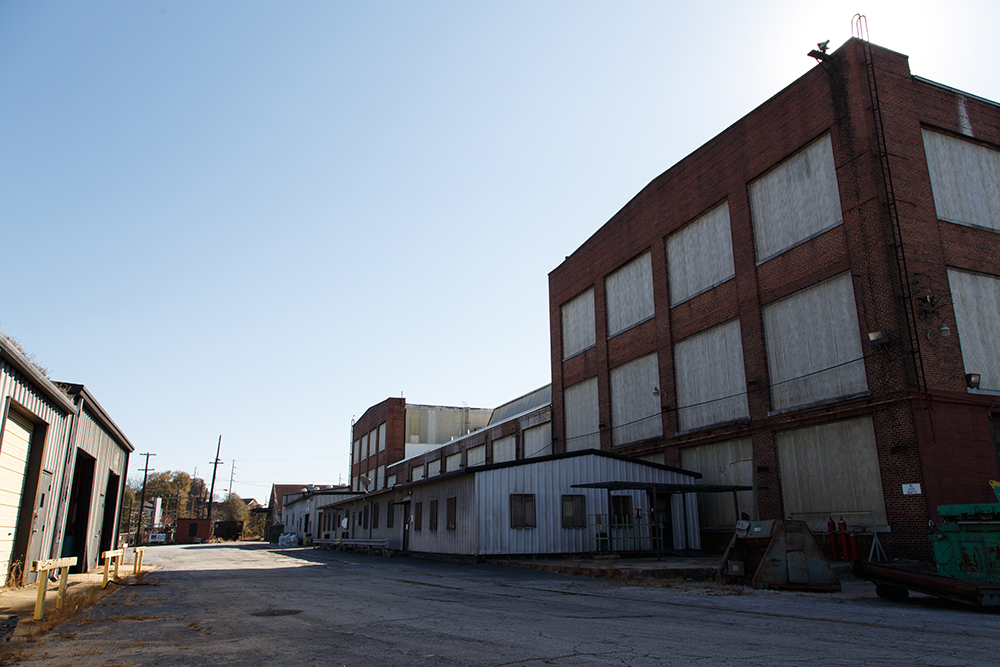Tuesday, December 2, 2014
Sloss Furnaces was founded in Birmingham Alabama in 1880 by one of the founders of Birmingham itself, Colonel James Withers Sloss. The Furnaces began operating in 1882 as a "pig iron" blast furnace and was the first blast furnace in Birmingham. In its first year it produced 24,000 tons of high quality iron. James Sloss retired in 1886 and sold the company. The newly reformed company began updating the blowers in 1902, followed by the boilers in 1906. From 1927-1931, the plant began significant upgrades to the main furnaces, thus the oldest building now on-site dates to 1902 and houses the 8 massive steam engines. These steam engines, each with 20 foot wide flywheels, provided air for combustion in the furnaces. By the time the upgrades were complete, the company had expanded its operations and soon became one of the largest producers in the world.
By the 1960's, Birmingham was suffering from air pollution caused in part by the massive iron and steel industry located there. The US Clean Air Act of 1963 would hasten the closure of older and out of date facilities such as this. Sloss closed in 1971 and the Alabama development authorities soon planned to demolish the site. Thankfully, local preservationists formed an alliance and fought to keep the site for redevelopment as an historic site due to its role in the history of Birmingham. In 1977, voters approved of a 3 million dollar bond to stabilize the site and construct a visitor's center. It was designated an historic landmark in 1981 and has since been preserved for public use, free of charge. I absolutely recommend visiting this place.
This is part 5 of 7 from a recent road trip.
Source(s), including historic photos: 1, 2, 3, 4, 5
Begin Historic Photos
End Historic Photos
Labels: 1800s, blast furnace, factory, historic, history, industrial, machinery, urban ruins
Monday, December 1, 2014
When we started this road trip there were 4 of us. But 4 didn't return. You see, the road to Terminus was very long and treacherous. By the time we thought we were close, our rations were almost gone and I couldn't get comfortable in a new place on an empty stomach. Sure, I had a couple of Lunchables left in my bag along with some Capri Suns but I just couldn't eat another one of those cold lifeless meals. A decision was made. And before I knew it, I was drizzling Stubb's BBQ sauce on the second helping of my good comrades well-done forearm. RIP. You were delicious, friend.
Thanks to his sacrifice, we had enough strength left for the last 20 yards or so. It wasn't difficult to find, we just followed the signs: "'TERMINUS' Sanctuary for all. Community for all. Those who arrive, survive." But when we arrived, it was a ghost town. There was no-one in sight. No sanctuary here. I sat down to weep as I ate my second to last "Extra Cheesy Pizza" Lunchable -our late comrade's fingernails still caught in my teeth.
Terminus was originally built in the 1880's as the East Tennessee, Virginia & Georgia Railroad. The older buildings consisted of a Roundhouse and Turntable. Eventually, Southern Railroad would take over and rename the facility the Pegram Shops (named after retired Vice President Robert B. Pegram) in addition to building a new 120,000 sq ft locomotive repair shop in 1925. At this time, they converted the roundhouse buildings into the motor shop and they served in this capacity up until the facility was closed in 1999.
This is part 4 of 7 from a recent road trip.
Labels: factory, industrial, locomotive, terminus, The Walking Dead, urban ruins




